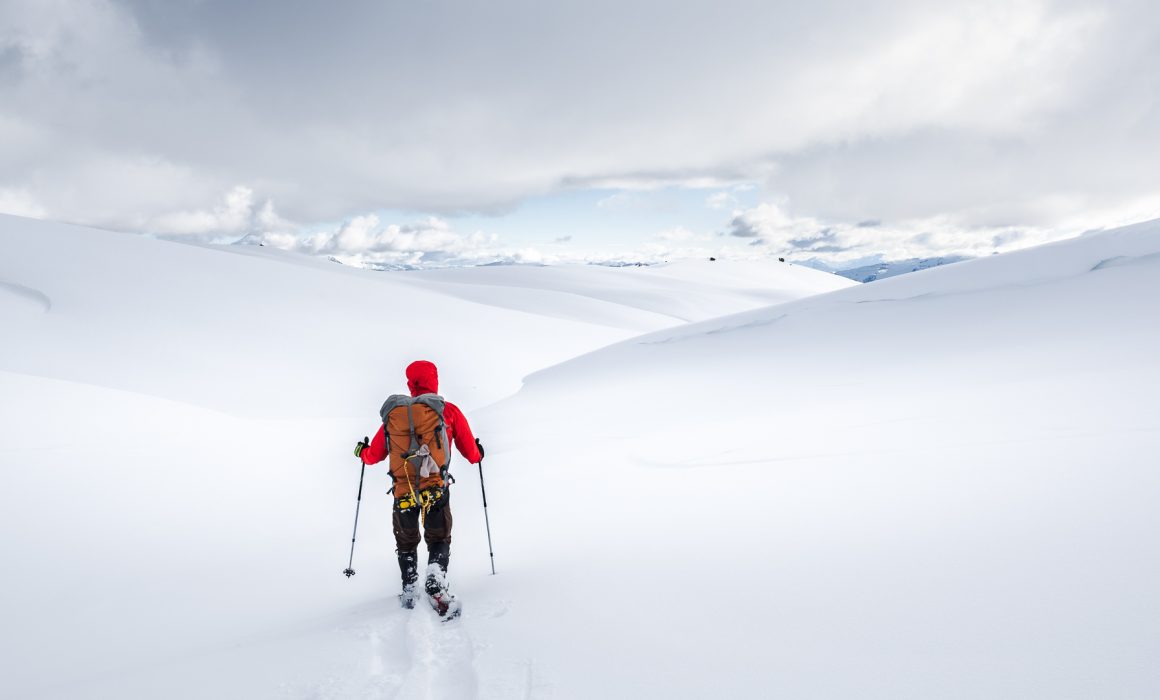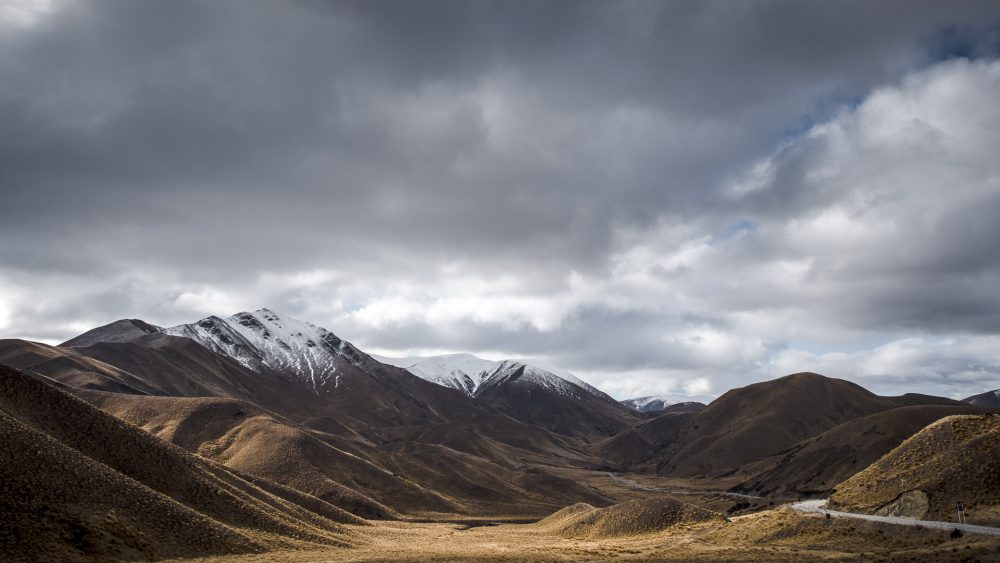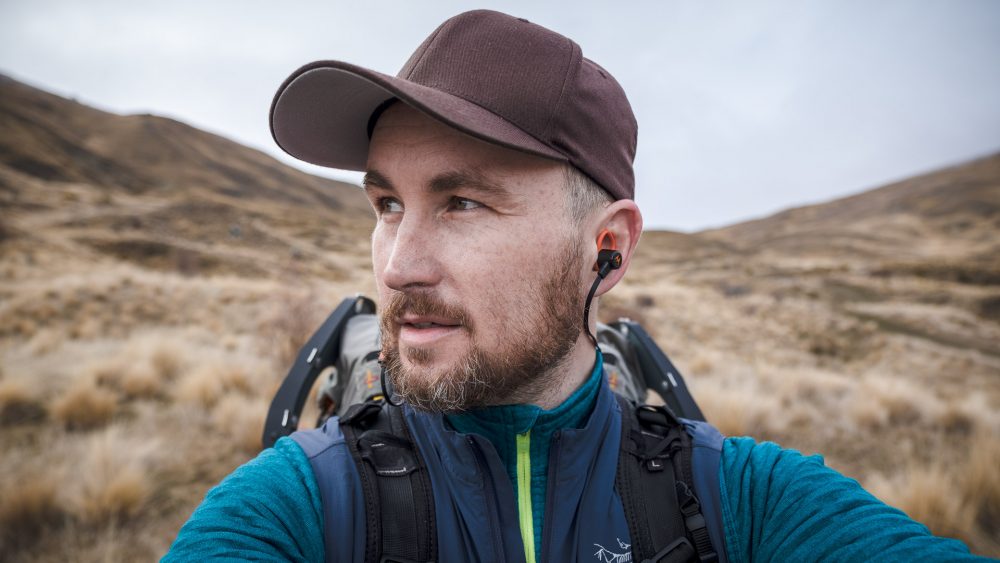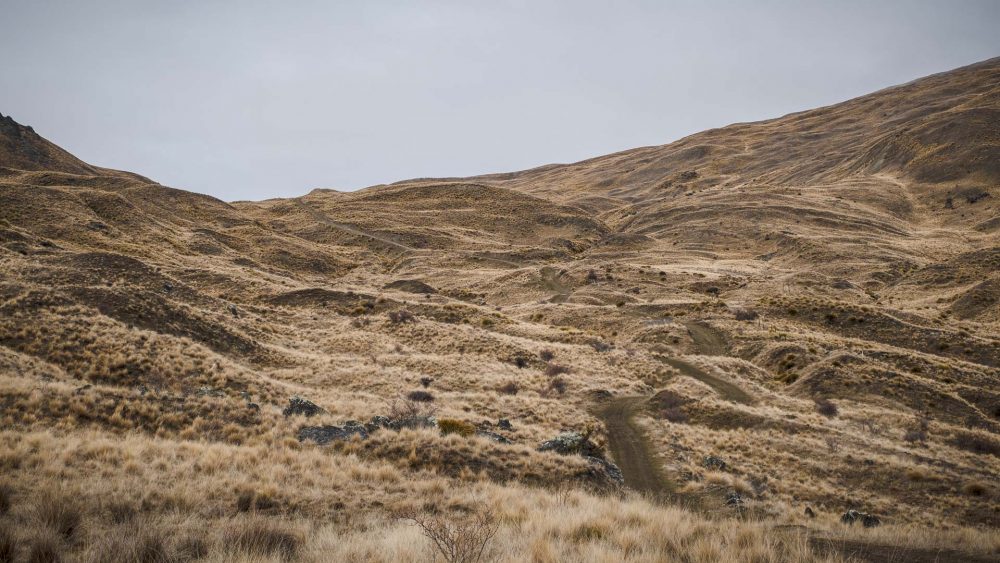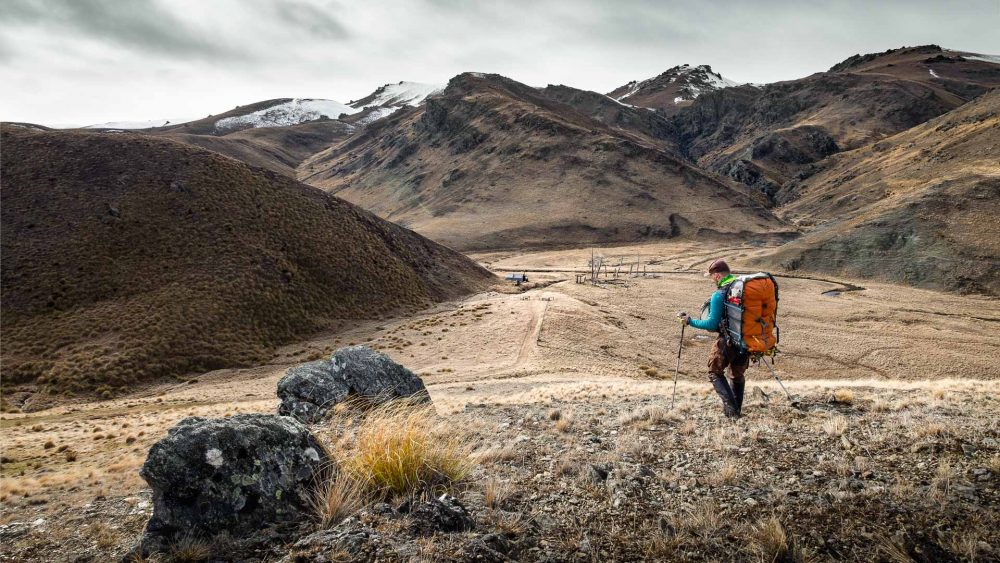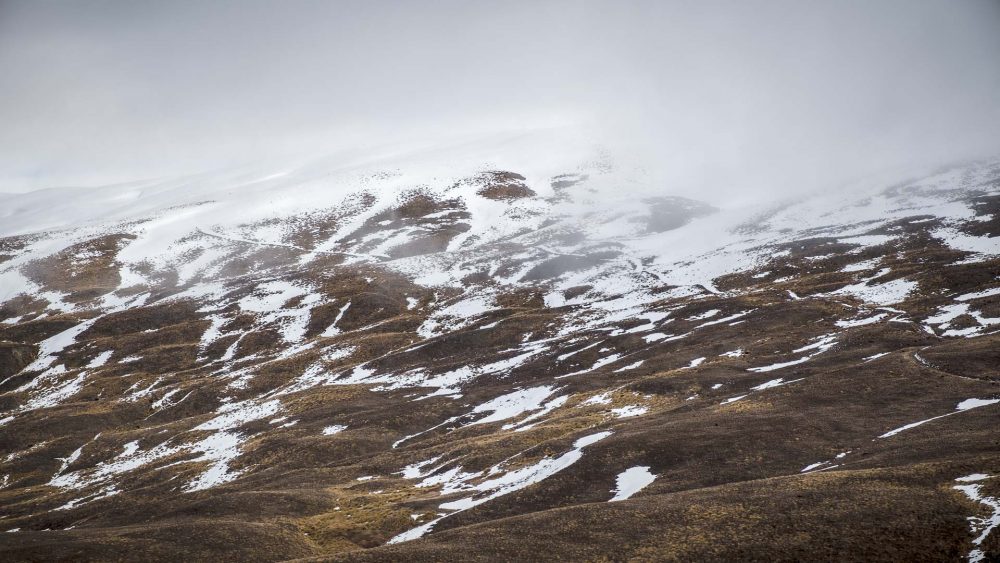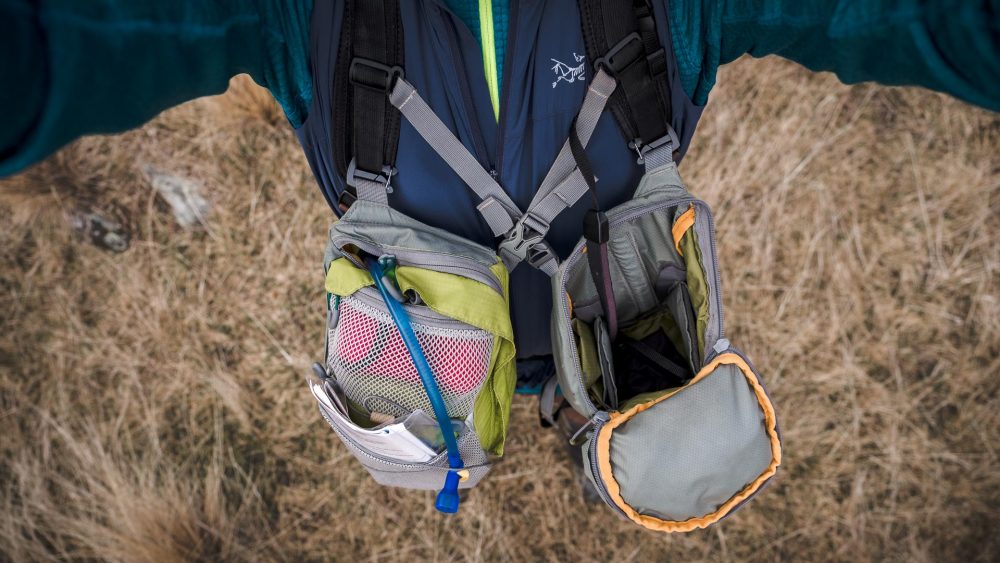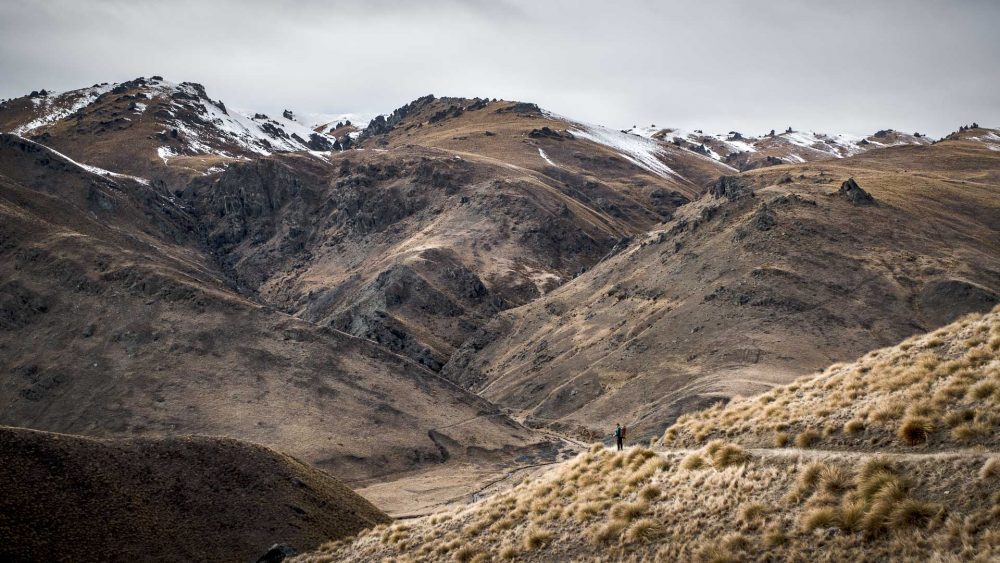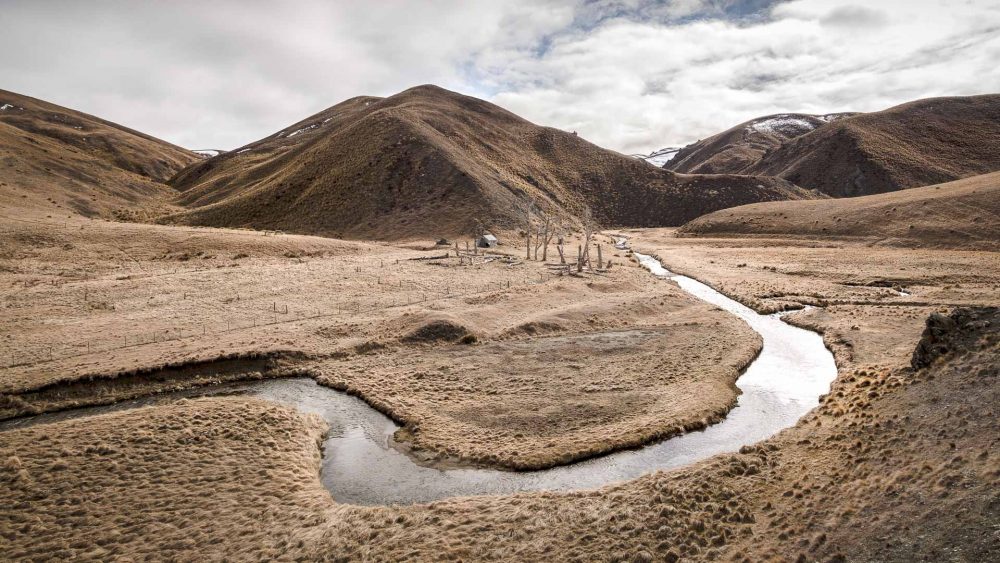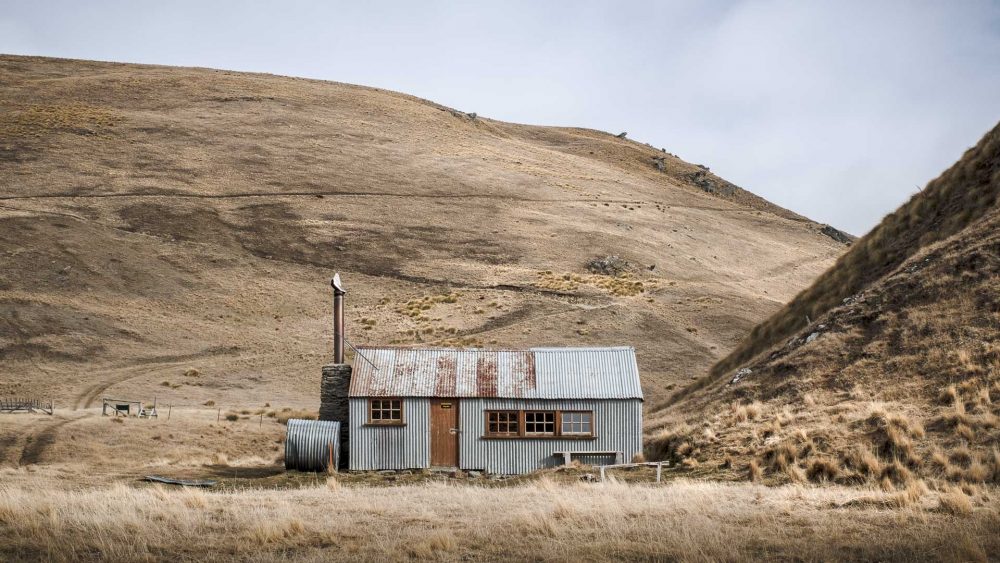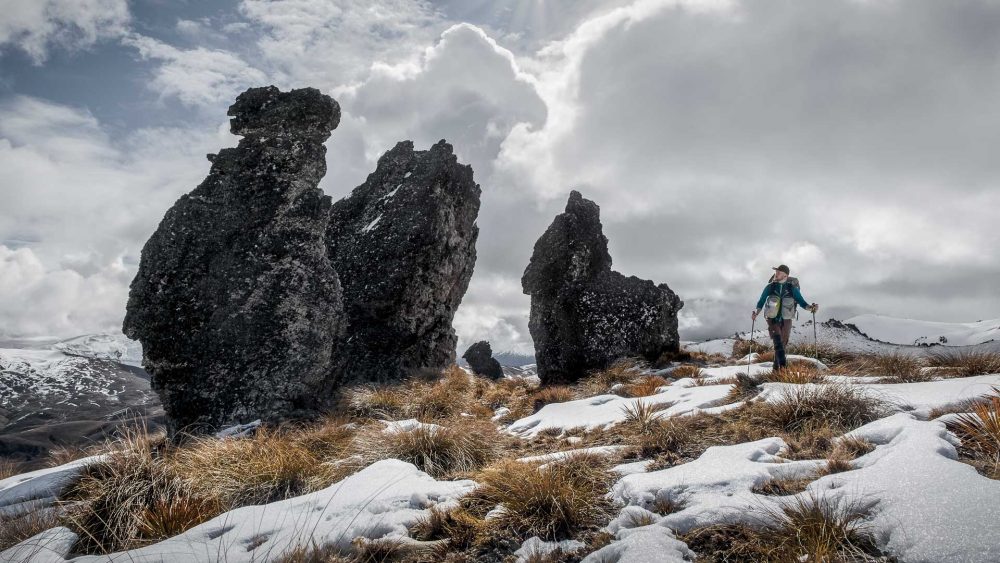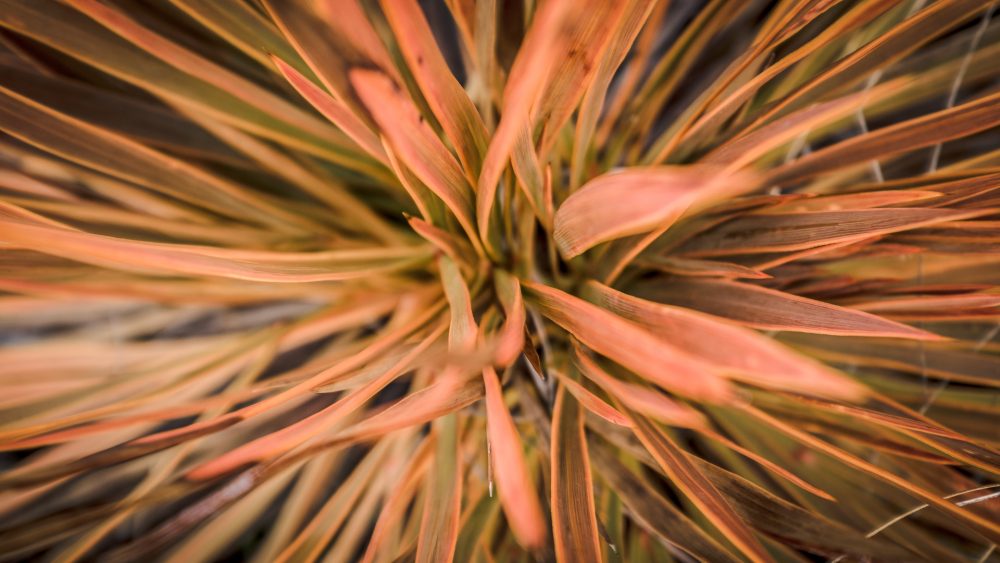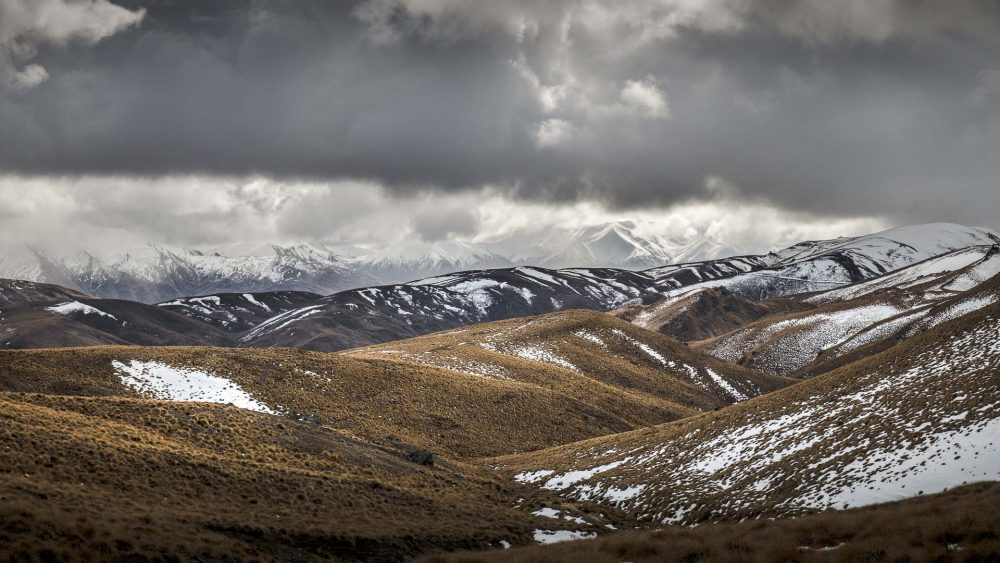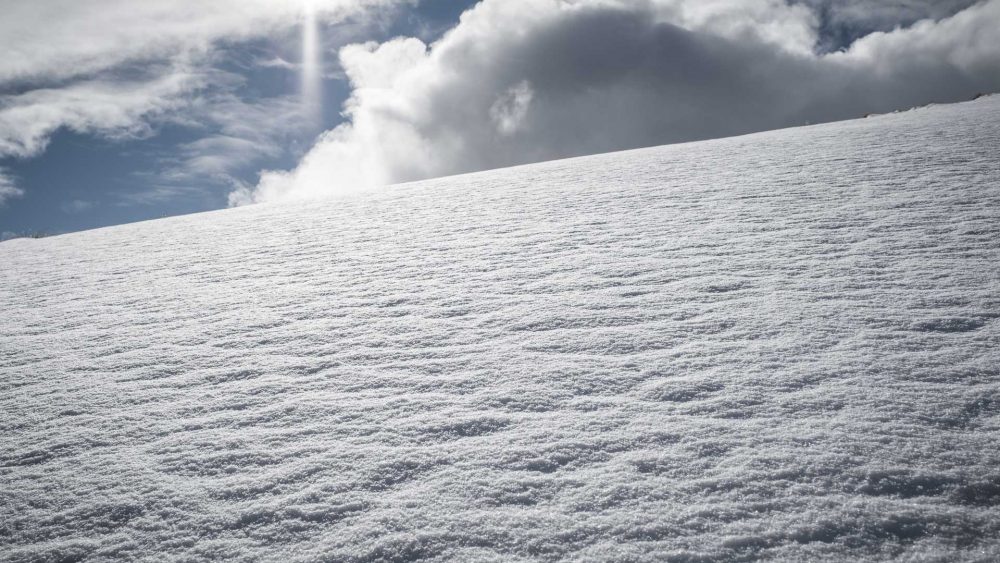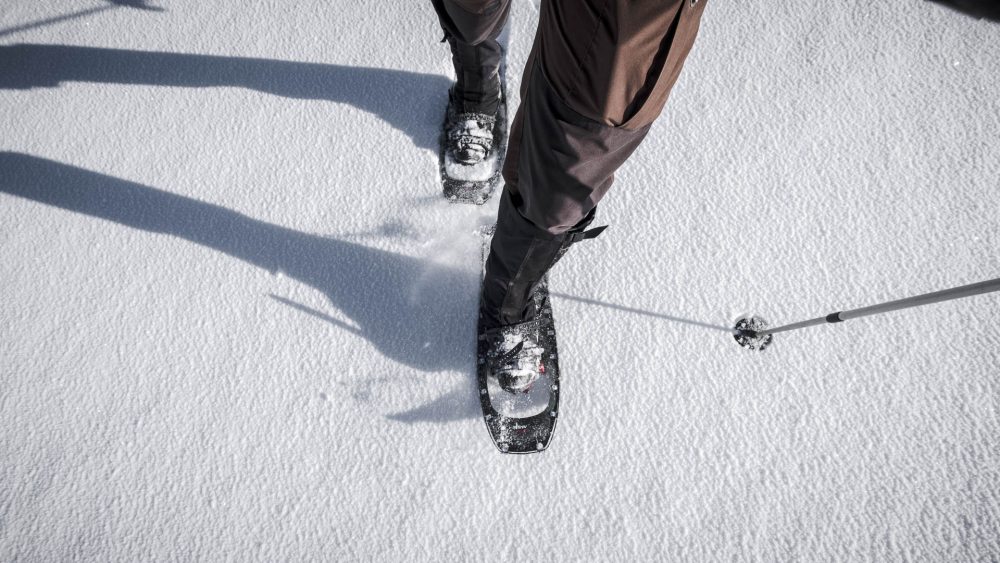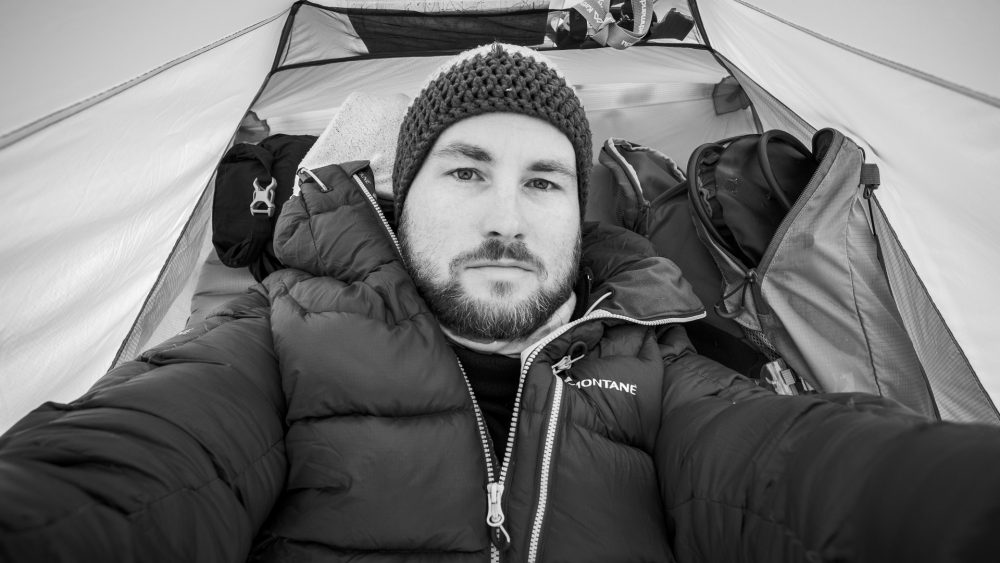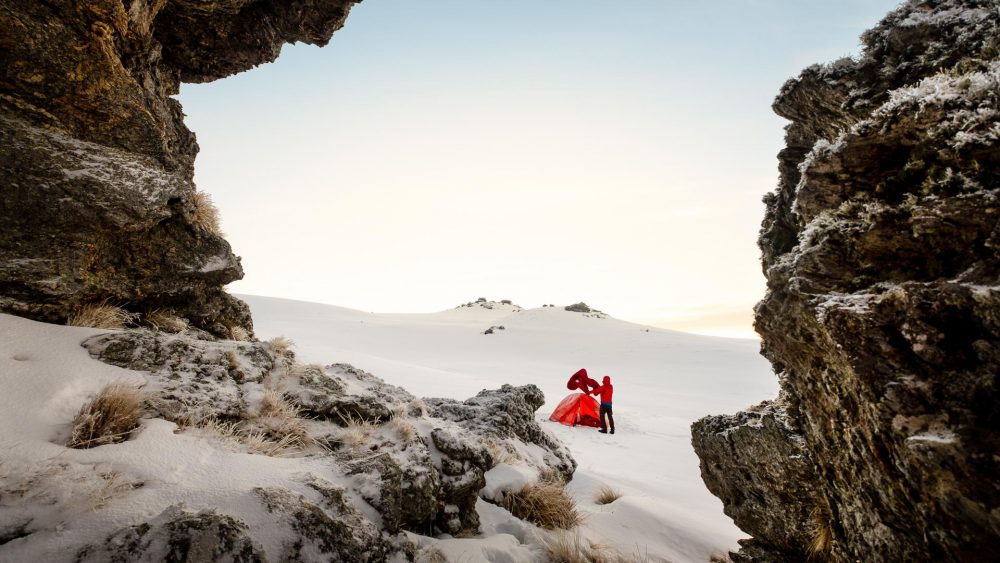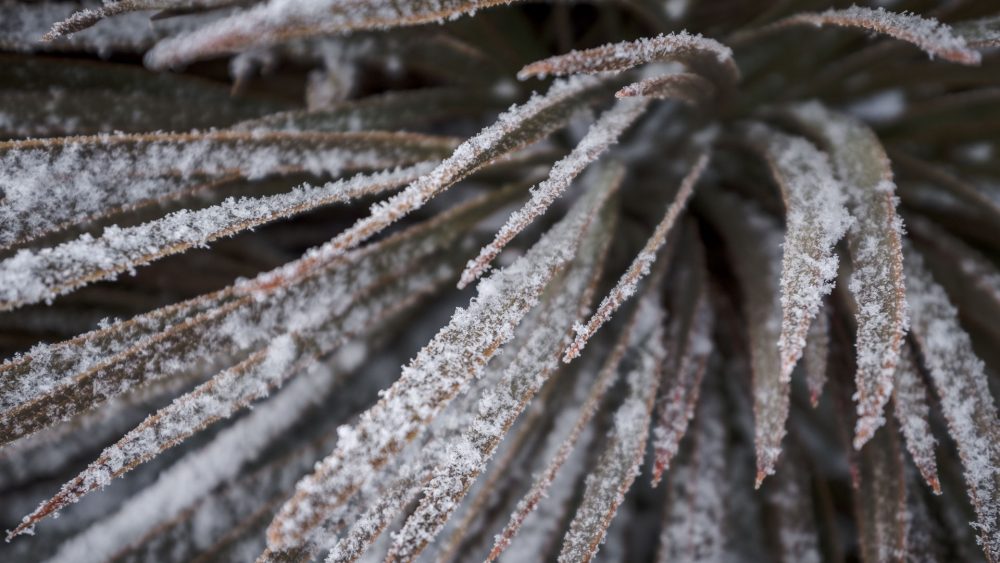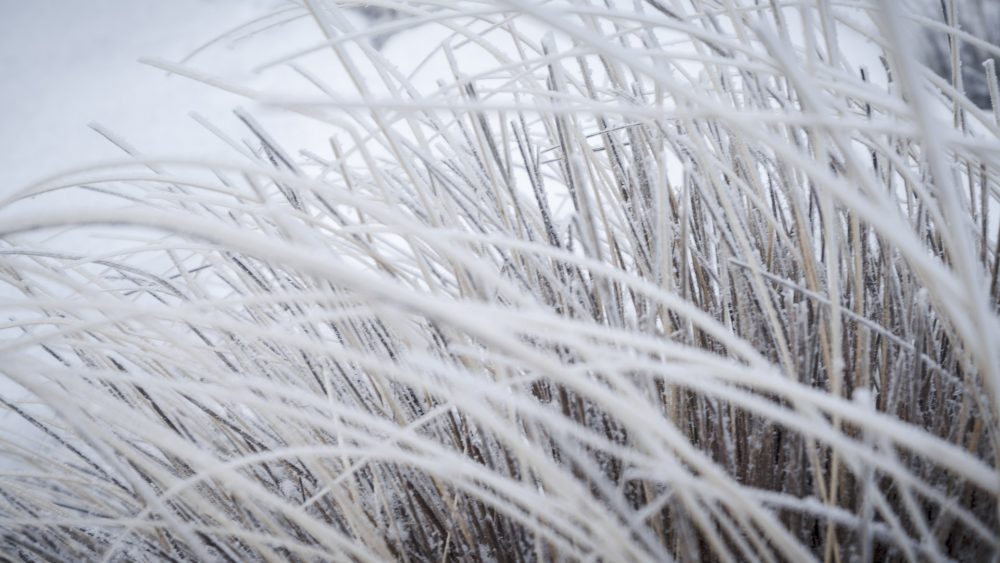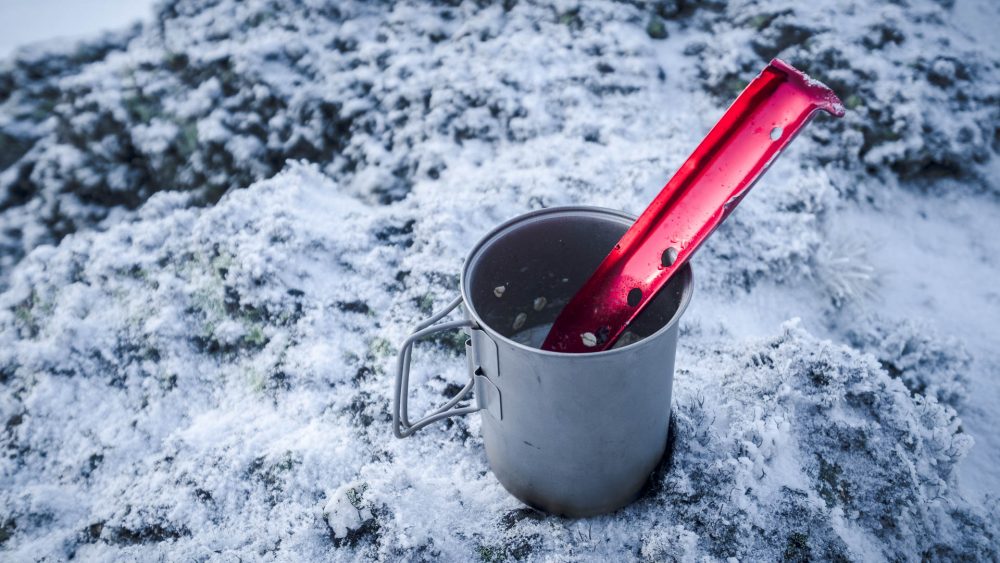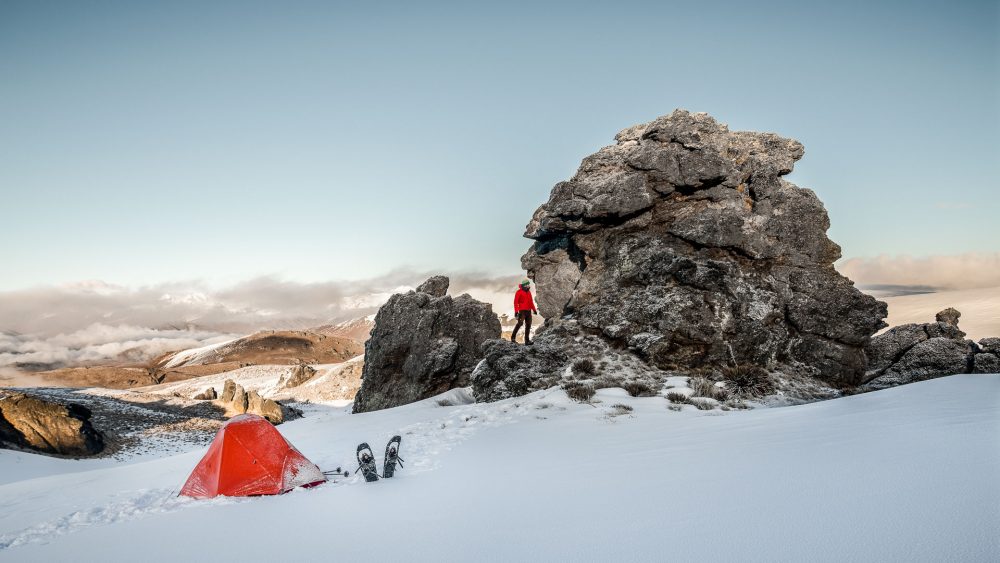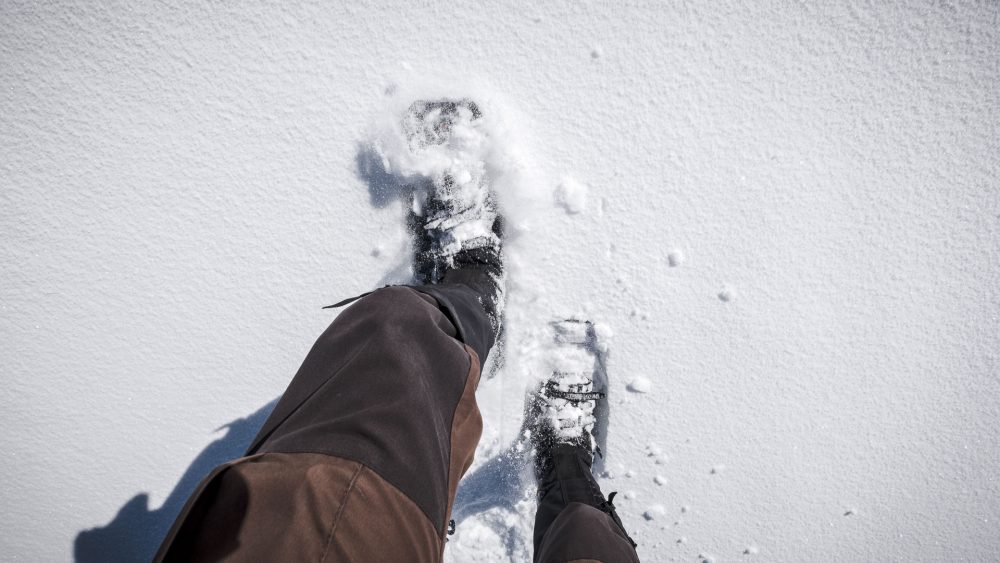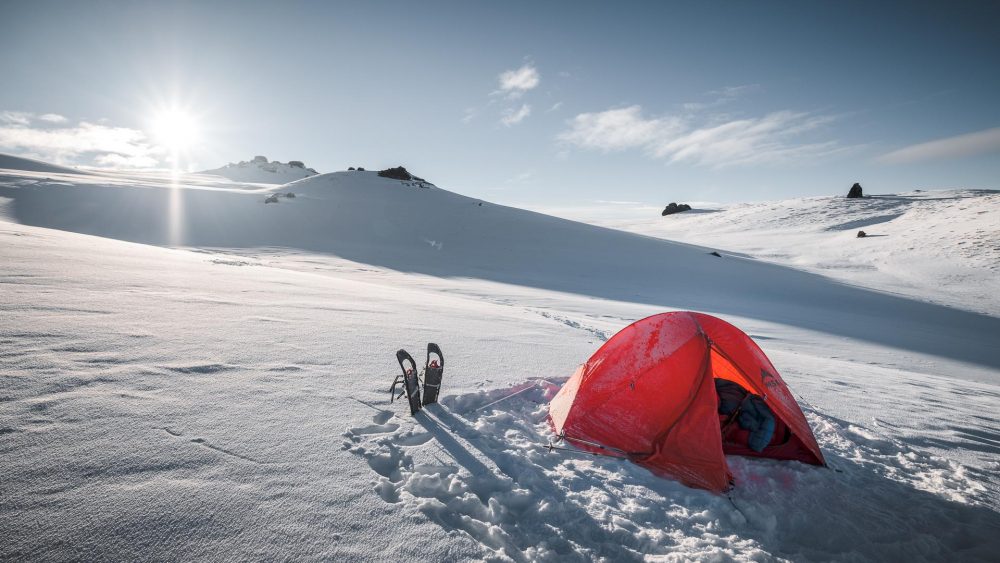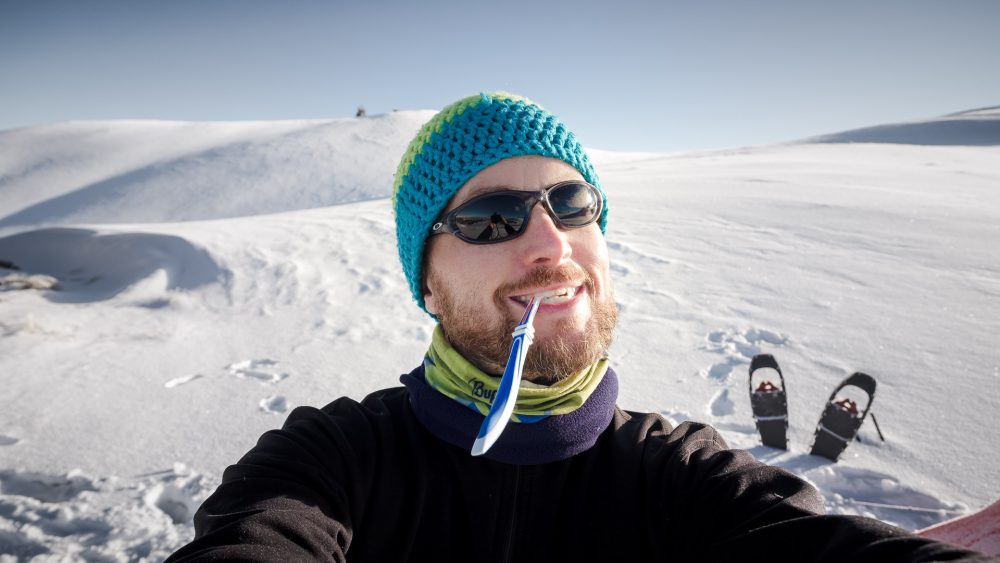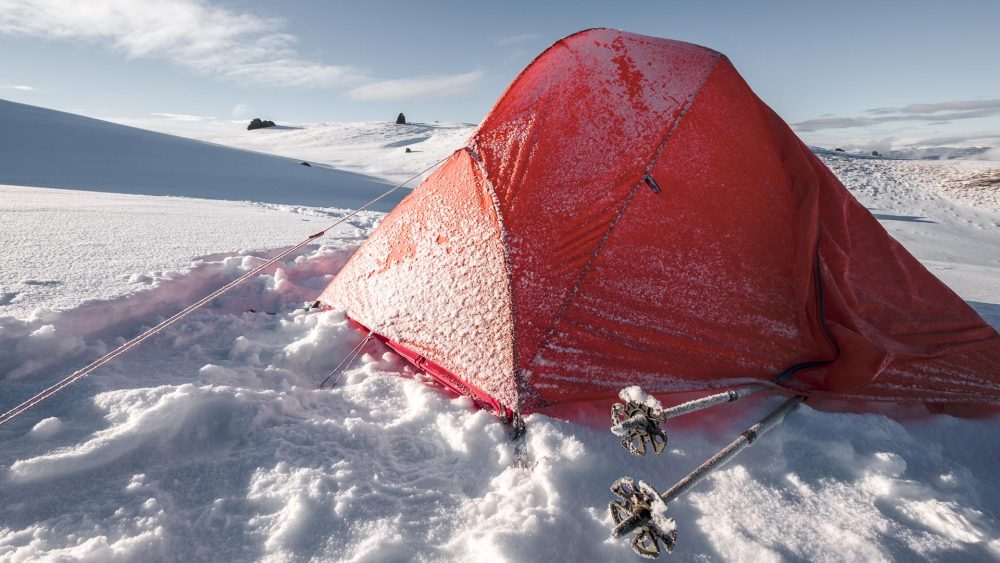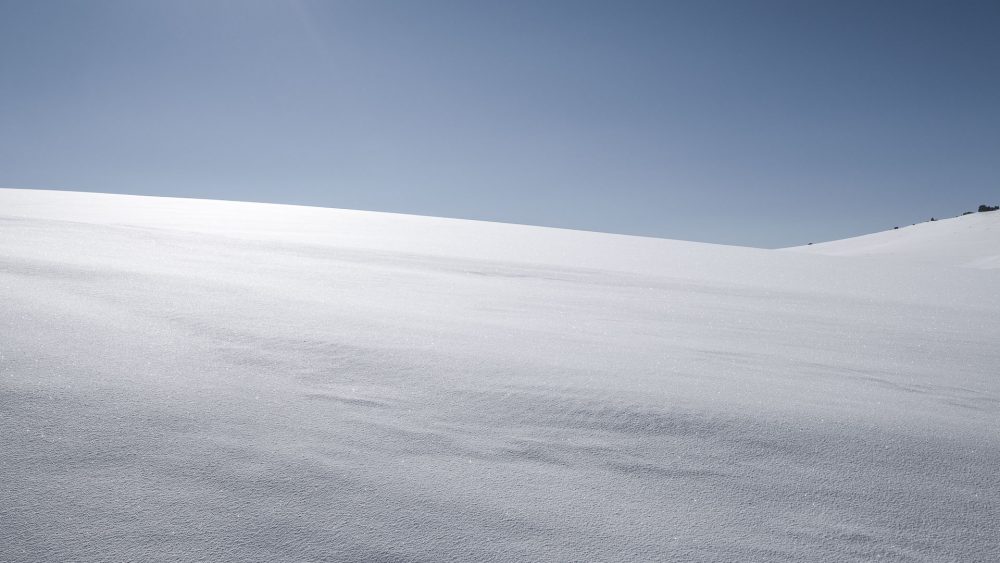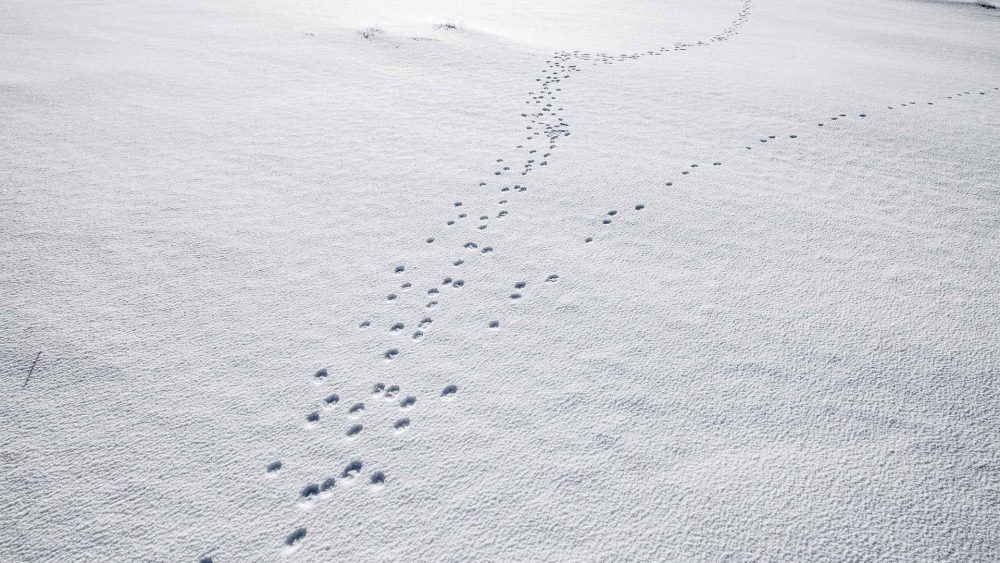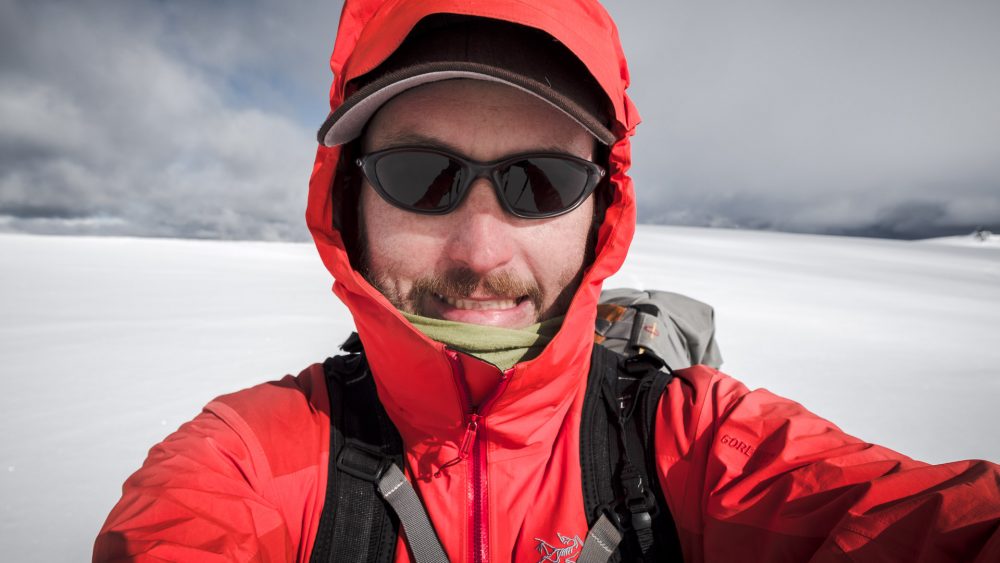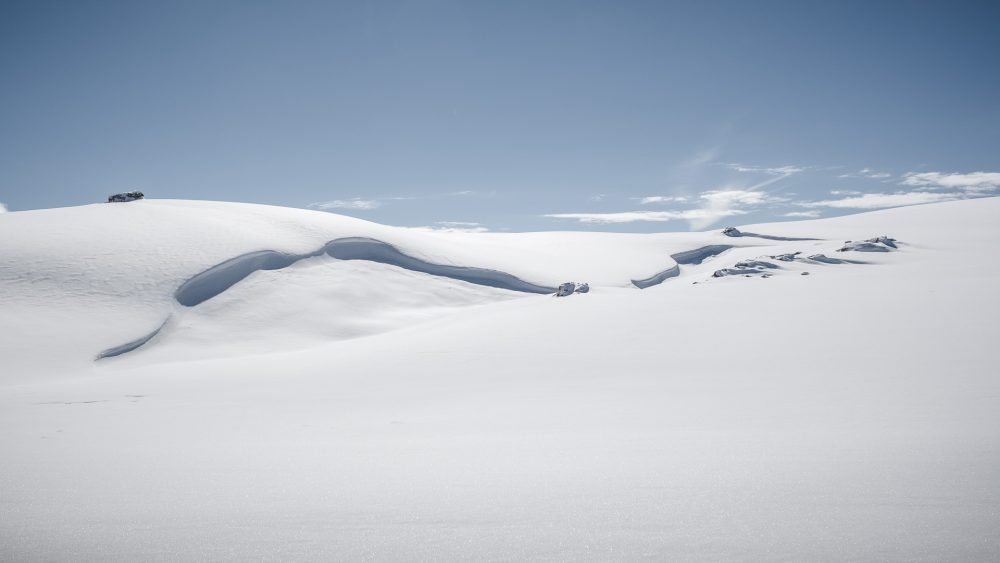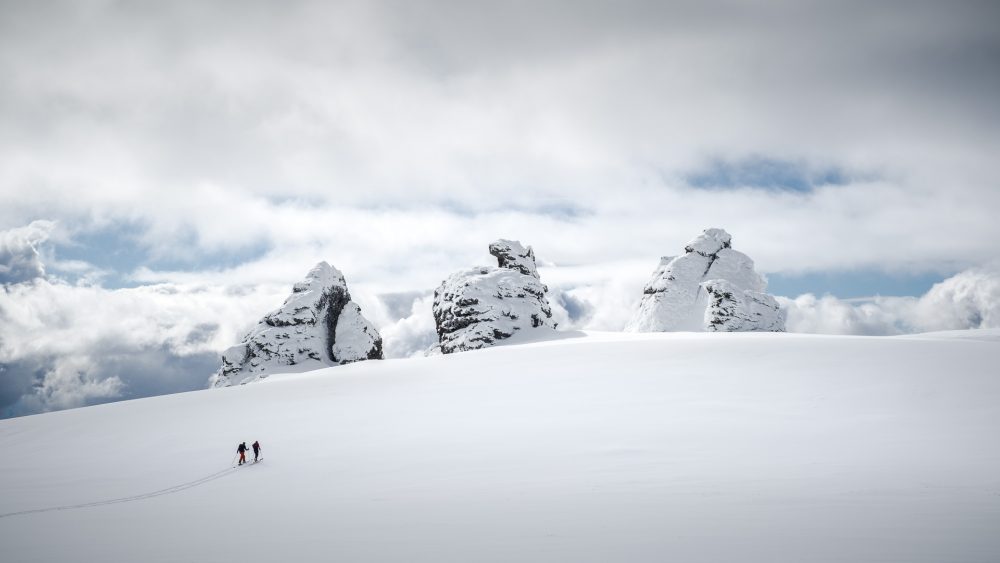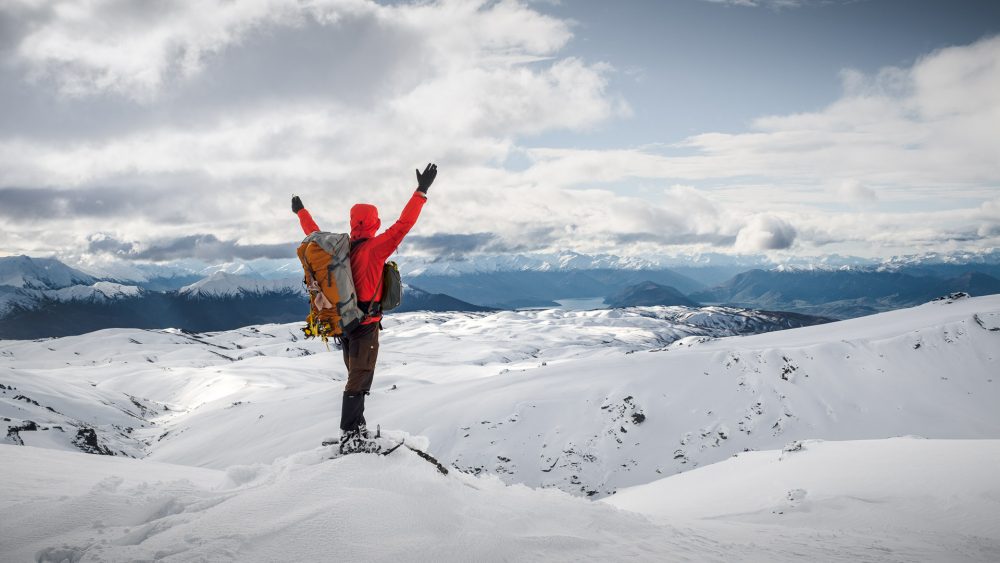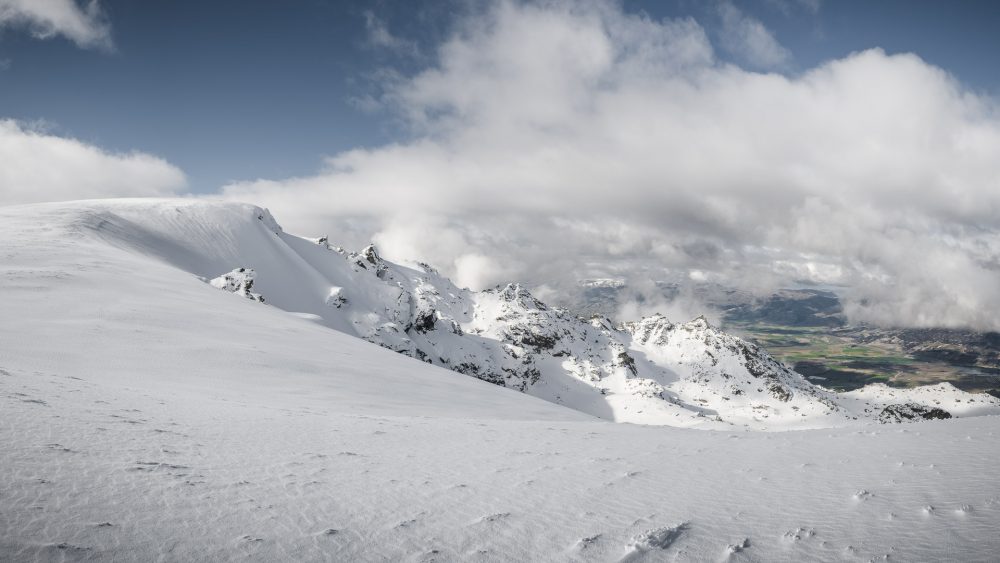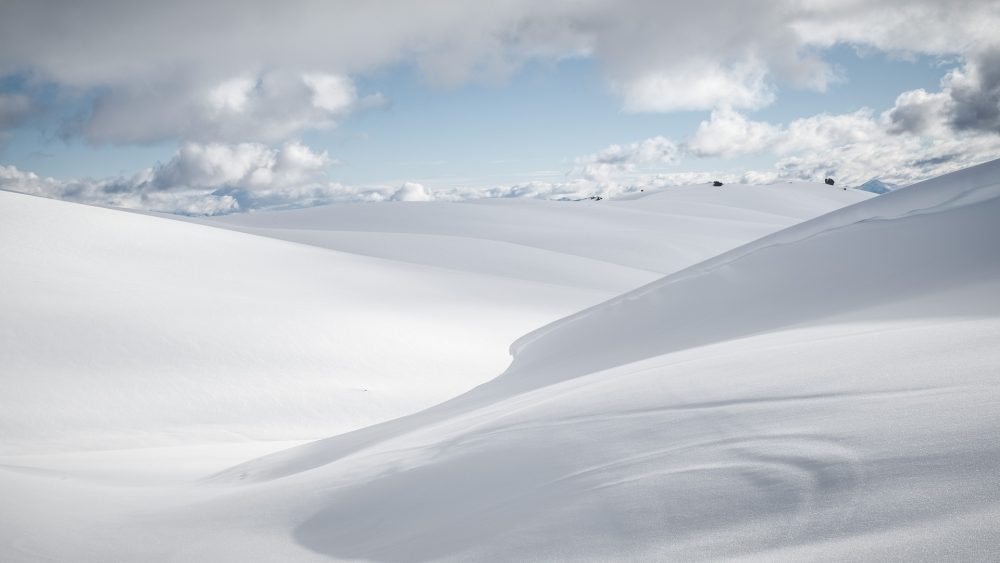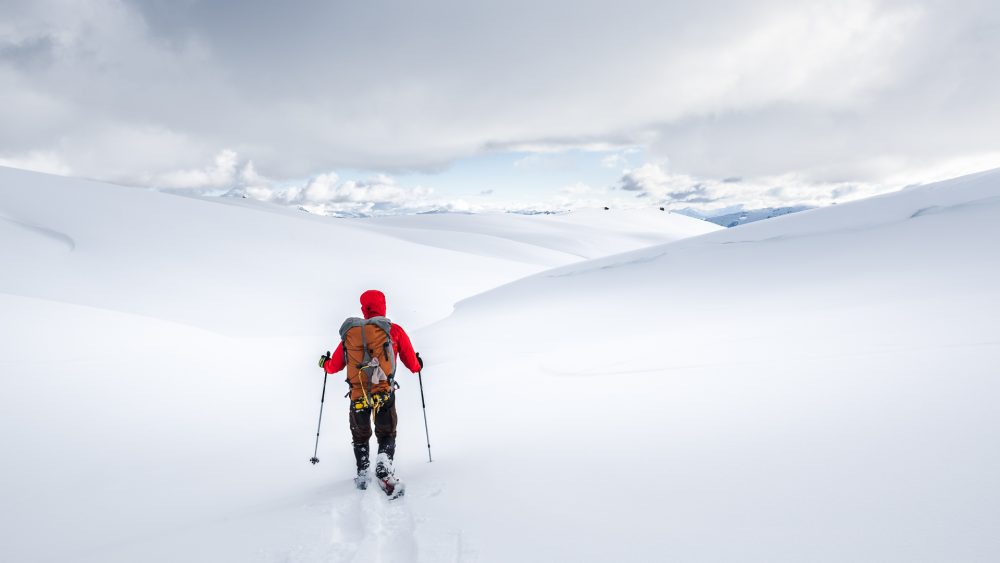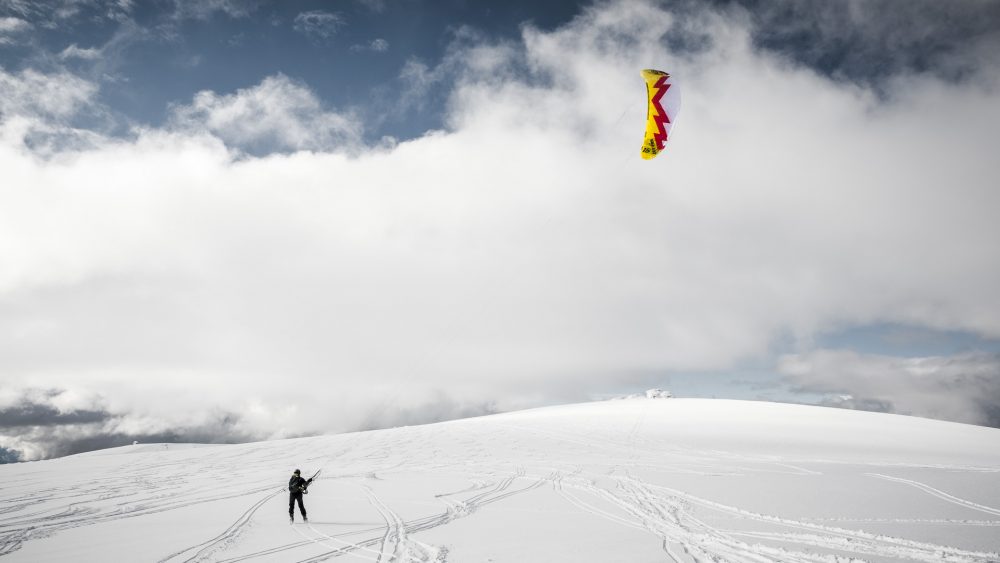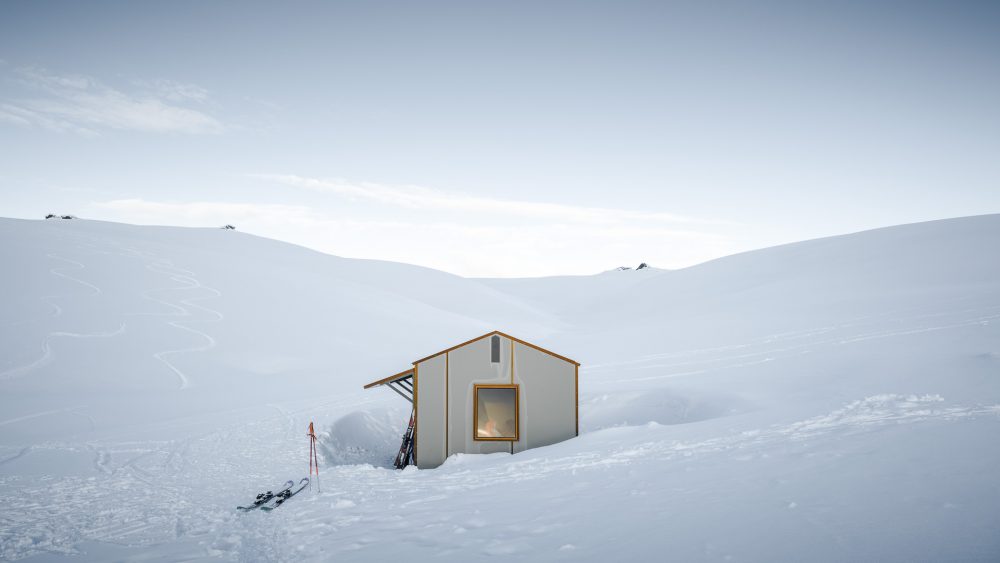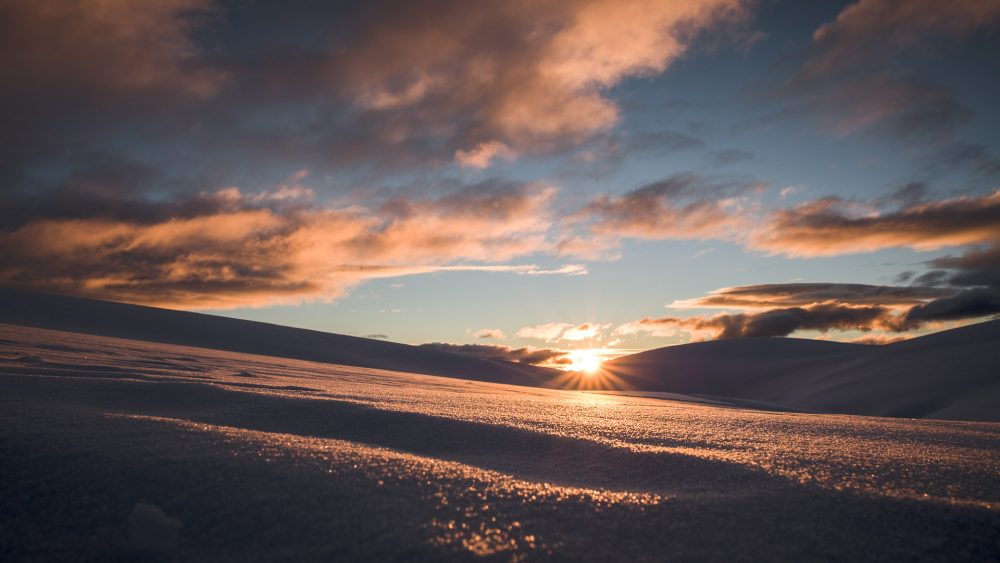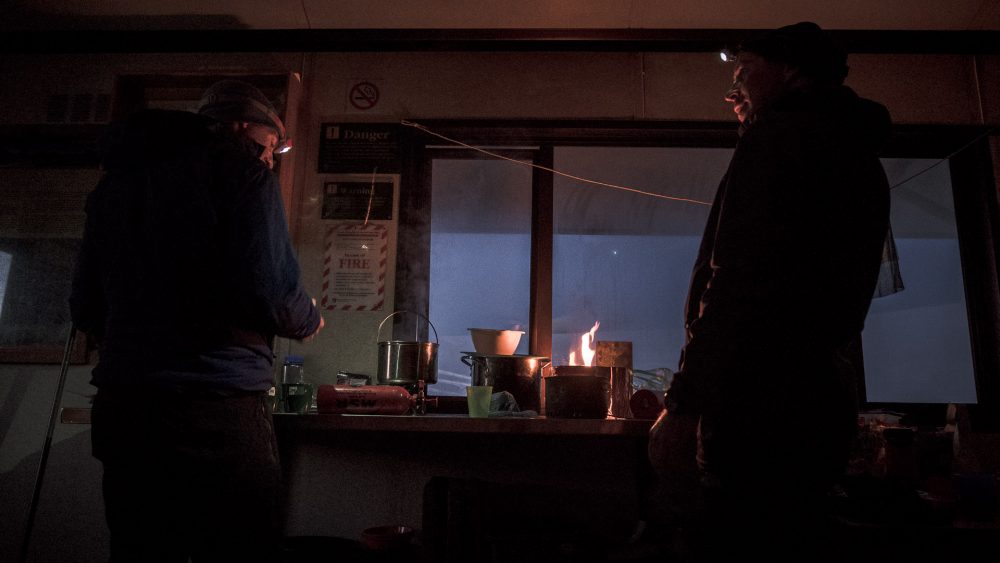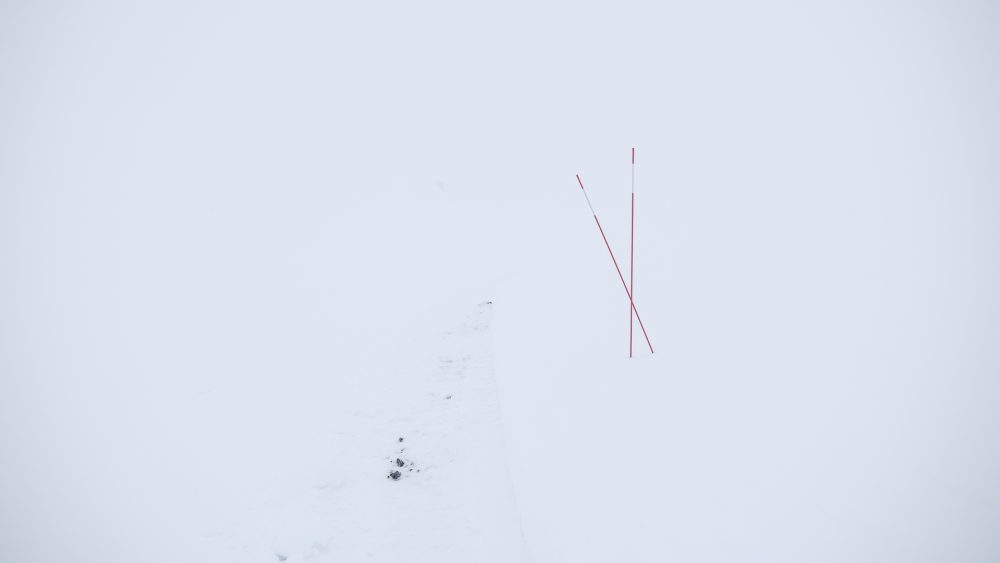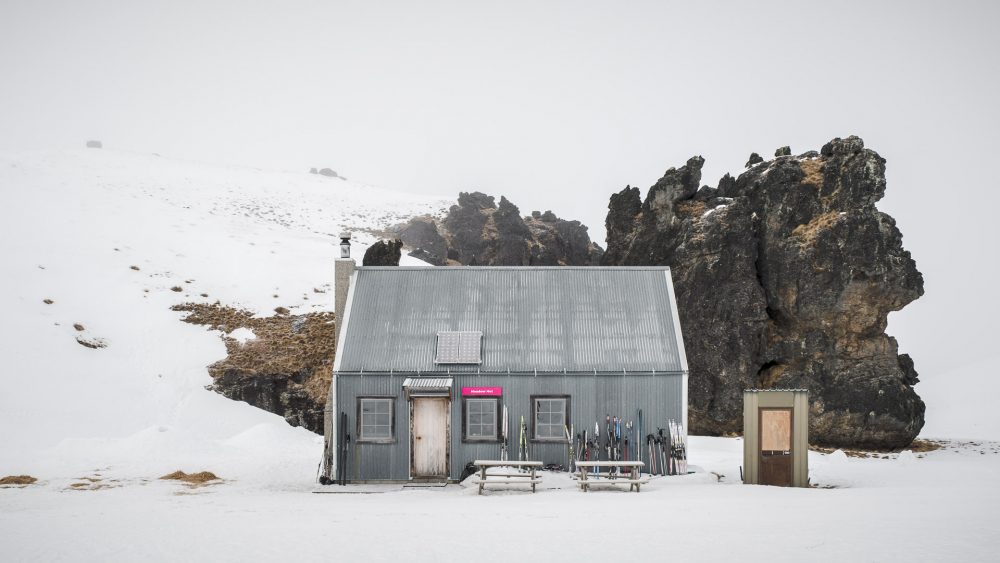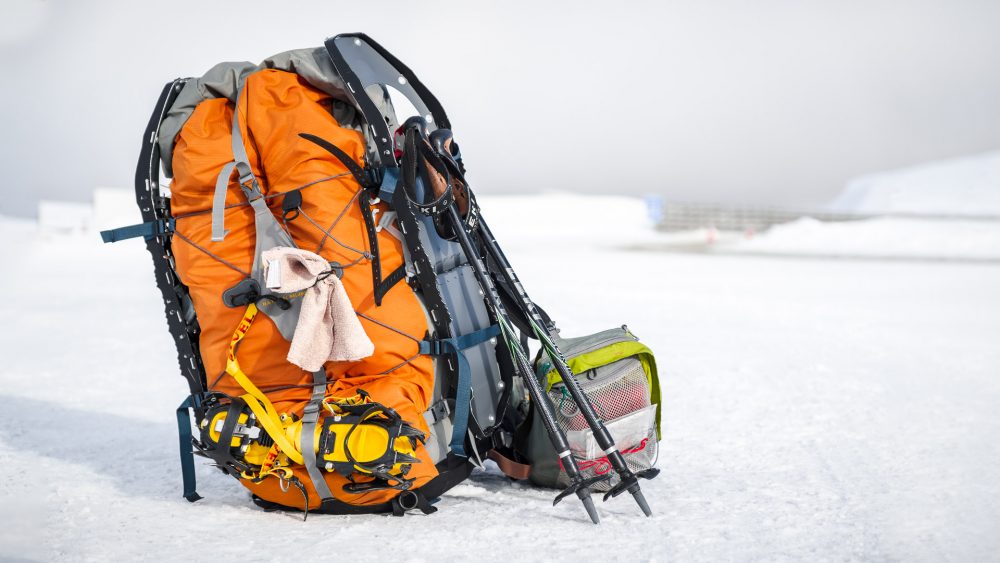Walking on Sunshine
Snowshoes are fun, even when the experience is hard-earned. But in the end, the excruciating climb to get to altitudes with enough snow is always worth the effort. When I finally get to unstrap my snowshoes from my pack and put them on, I always feel like walking on sunshine. No more need to concentrate on my footing, worrying about tripping, slipping or sinking in to my knees. Snowshoes are the reclining chair of backcountry locomotion.
Unfortunately, New Zealand is blessed with few areas suitable for snowshoeing. Most valleys are too warm to sustain a layer of white goodness, while alpine areas with reliable snow are steep terrain that requires mountaineering skills. Luckily, there are a few exceptions. One of these exceptions is the region between Cardrona and Cromwell. Pisa Range offers that rare mixture of gently rolling terrain at alpine elevations that make it prime snowshoeing terrain.
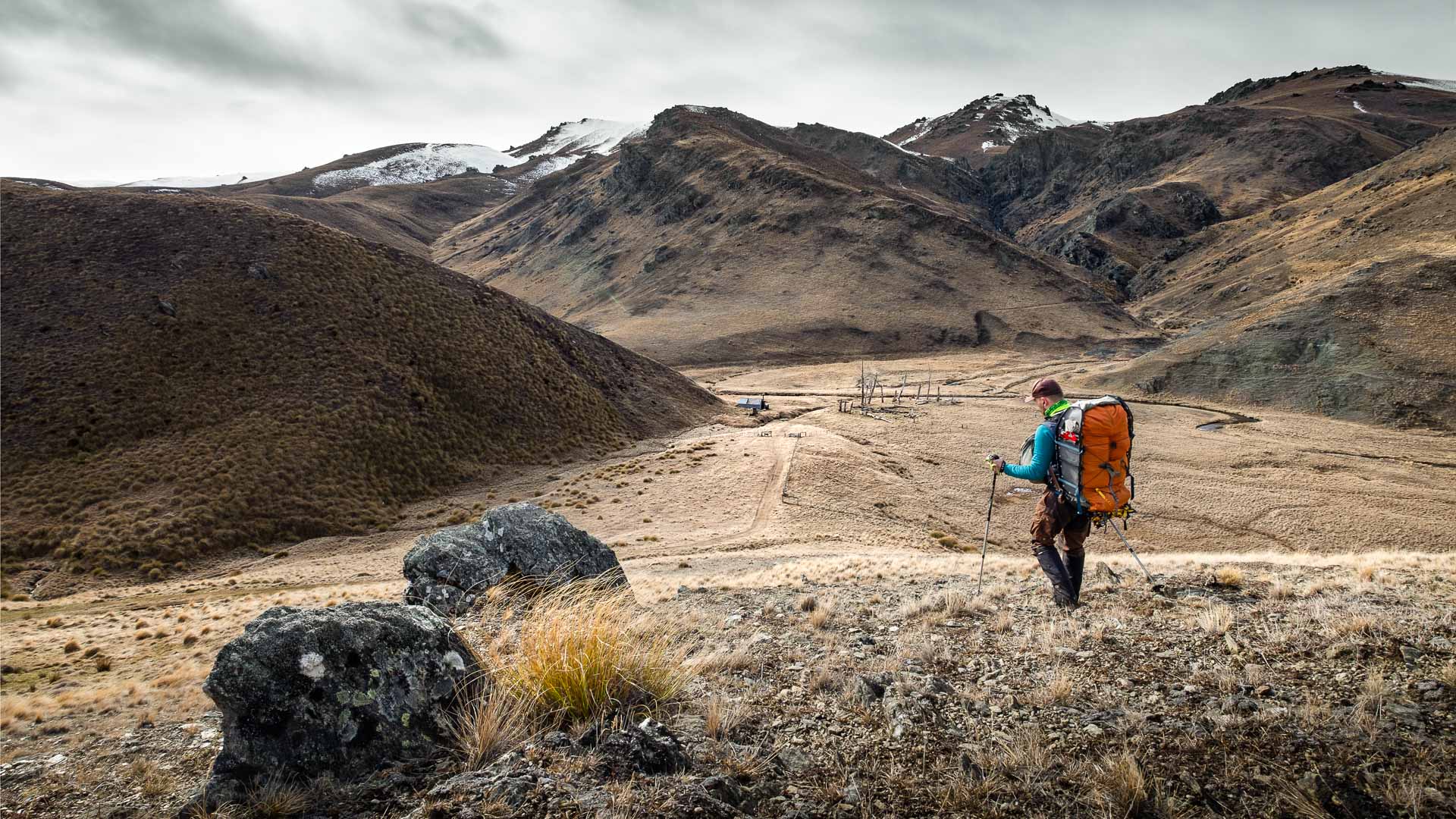
It has been two years since my last snowshoe outing when I head down south. After many weather and health related delays, I finally shoulder my 23kg backpack to conquer Mount Pisa. That sounds excruciating, but months of carrying water canisters up the Port Hills has paid off. Starting from Tuohys Gully, I set off with a bounce in my step despite the heavy load. Around me, the yellows and browns of Central Otago undulate into the heavy sky. As I gain altitude, specks of windblown snow start filling the hollows. Solid snow is still a long way off.

My first big solo mission in many years presents a creative challenge. How to document a tramping trip without anyone along for the ride? I need to be photographer, subject and ass (the four-legged kind) on this trip. I end up attaching the tripod to my backpack’s front pockets. From there it is easily reachable, and I can set up the camera and radio trigger without taking off my pack. The process involves me repeatedly walking back and forth to strike a pose and check results. This routine adds to already long days of walking with a mini-fridge sized pack on my shoulders. The lengths we go to for photography!

As I gain altitude, Pisa Range starts spreading out ahead of me with its sprinkling of tors. These eroded rock formations shoot out of the ground like crumbly mushrooms. In summer, their greys and blacks fade into the landscape, but on a wintery white background they stand out spectacularly. I walk past my first few tors when, finally, the time has come to trade tussocks for snow.
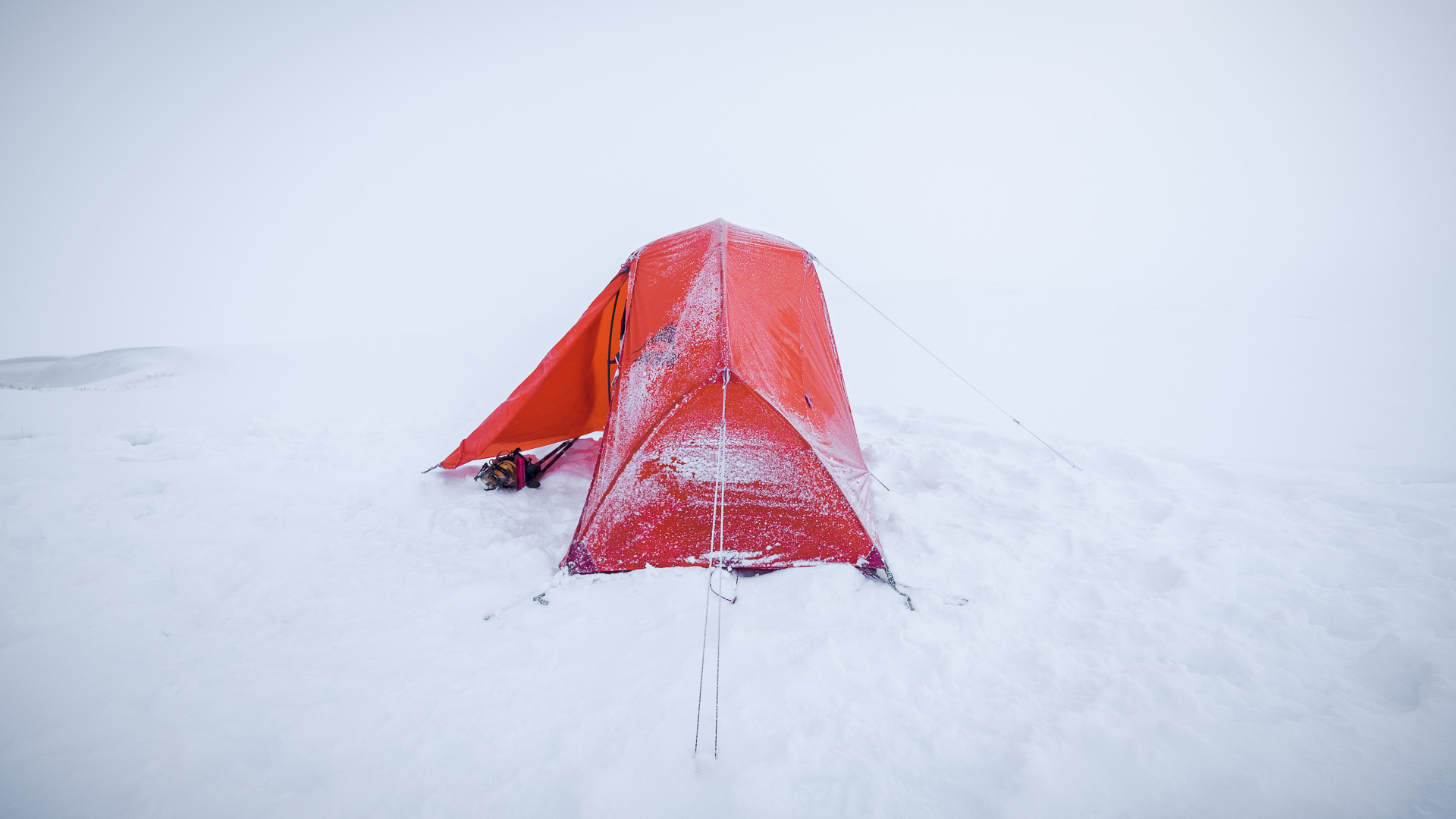
Walking on snowshoes is a very different experience from garden variety tramping. On any other terrain I constantly have to fight for purchase, keep myself from tripping and plot out where exactly to place my foot with each single step. The process becomes automatic over time, but it still takes a toll on ankles and joints. Not so with snowshoes. I switch off my brain and wander up the hill in a straight line. It’s like walking on a well-maintained track that I do not have to share with anyone. The only thing I have to keep in mind is not to walk backwards. Due to their built-in hinges, the tail-end of snowshoes is in permanent contact with the ground. Attempts at walking backwards invariably end with a wet bum.
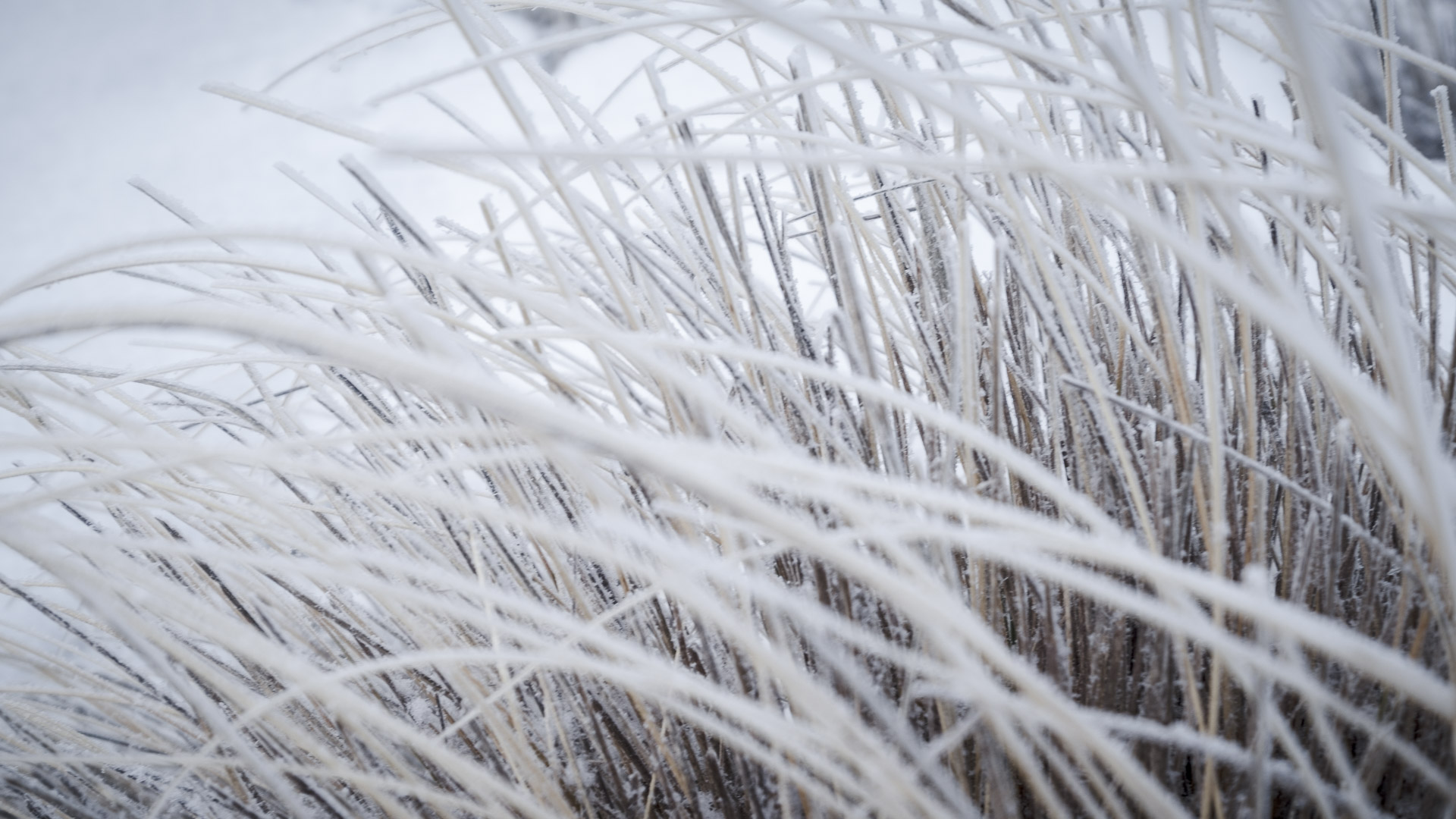
Skiers can relate to the elation of breaking a new slope. Seeing my own trail stretch out behind me for kilometres gives me a feeling of achievement that I do not get on solid ground. But after gaining over 1200 metres in elevation my legs remind me that it is time to settle in for the night. Straight ahead a group of tors on relatively flat ground look like a good place to rest. A little later, my tent is barely up when clouds and snow swallow me for the night.
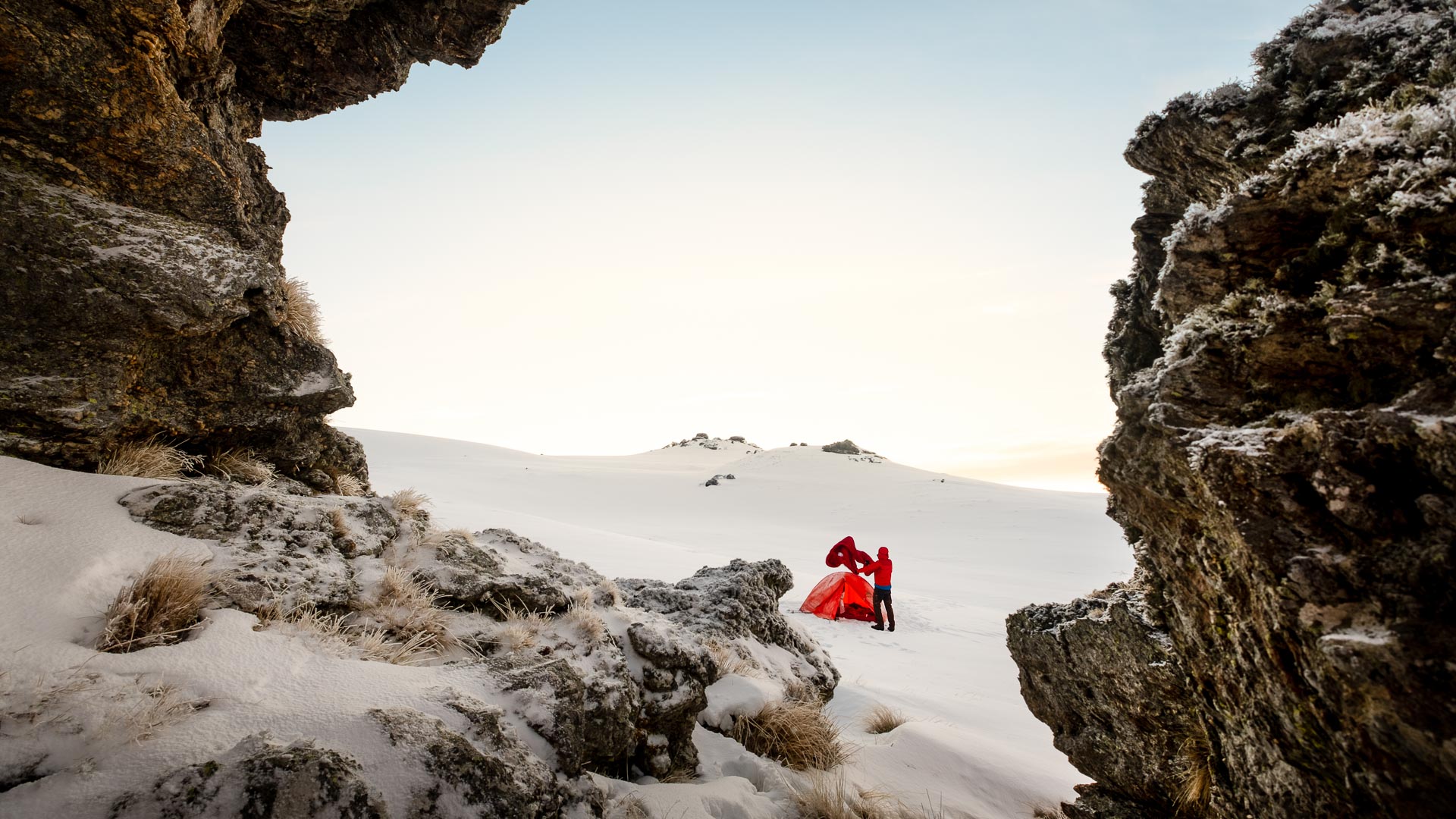
Moving around the tent in whiteout is disorienting. At times I can barely tell if I’m walking uphill or downhill. The world has turned into a featureless white blob. Time to retreat inside.
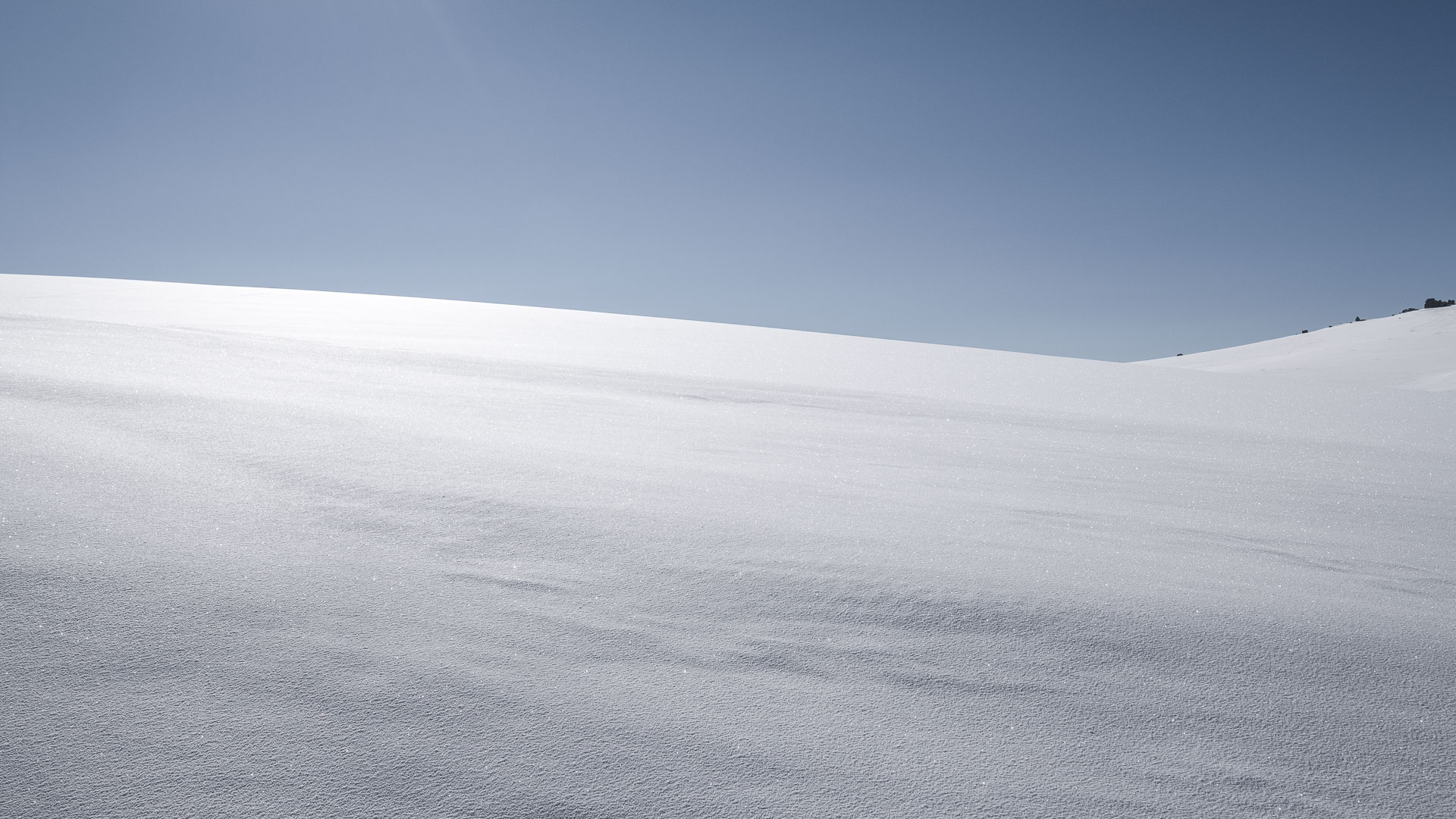
A calm night in clouds hovering around the freezing point is a recipe for a wet night. By morning, my sleeping bag is soggy and I have to stuff my down jacket inside to stay warm. When I finally convince myself to crawl outside, the tent is covered in a crust of ice worthy of a polar expedition. Fortunately, the clouds depart as quickly as they appeared, and I get a chance to dry out my sleeping bag and finally take some photos.
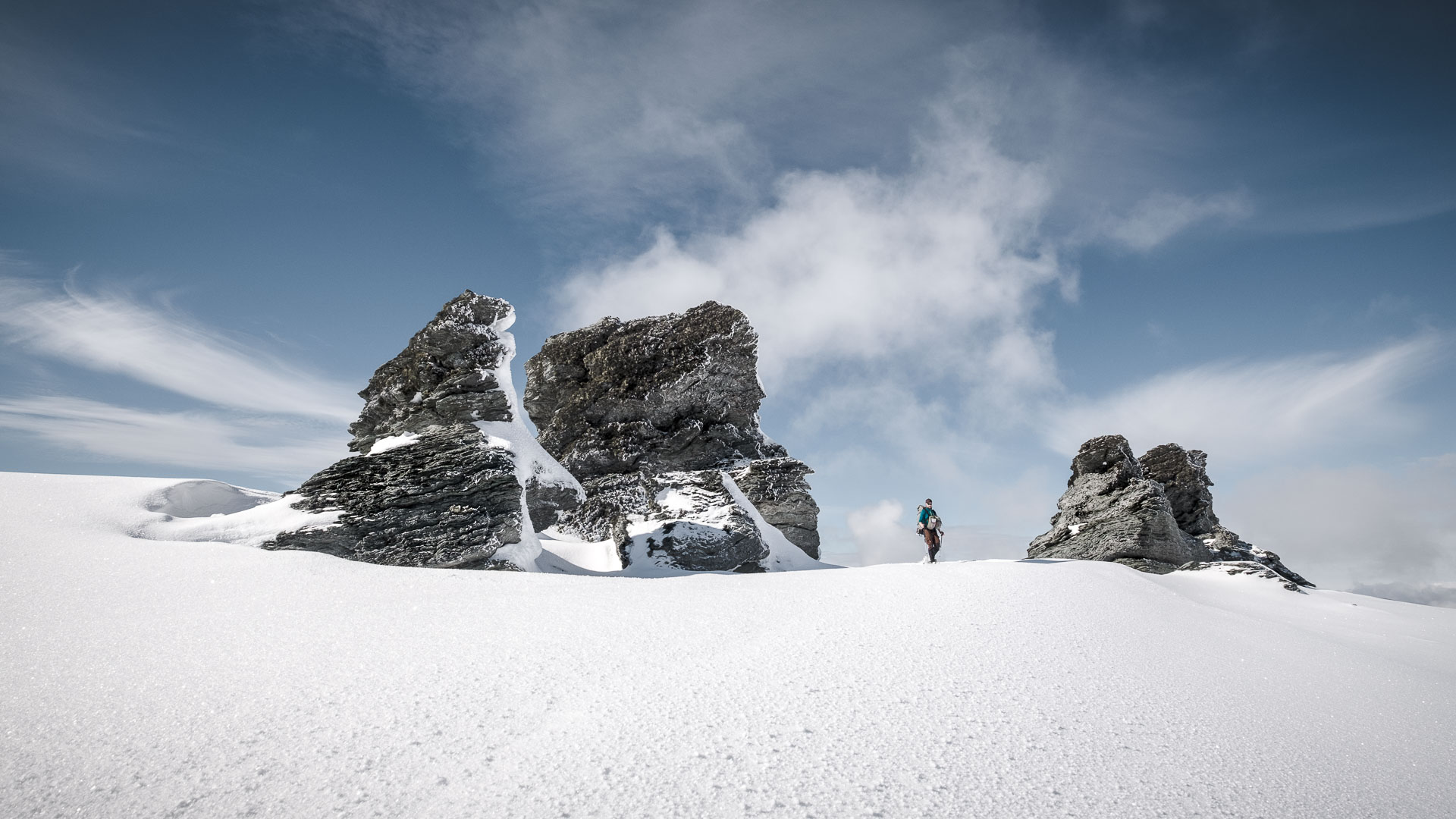
I shovel breakfast into my face with a snow peg (penance for forgetting my spoon), when I receive the latest weather forecast. Locals had told me that forecasts that winter were unreliable, and my trip is no exception. A week of fine weather and sunshine had turned to a gale forecast for the coming night, forcing me to rethink my plans. Pisa Range is beautiful, but it offers precious little protection from wind. My last clash with gale force winds almost shredded my tent, and I’m not keen on repeating the experience. The closest safe haven is at Kirtle Burn Hut, which more than doubles my planned walking distance for the day. So much for enjoying a short day!
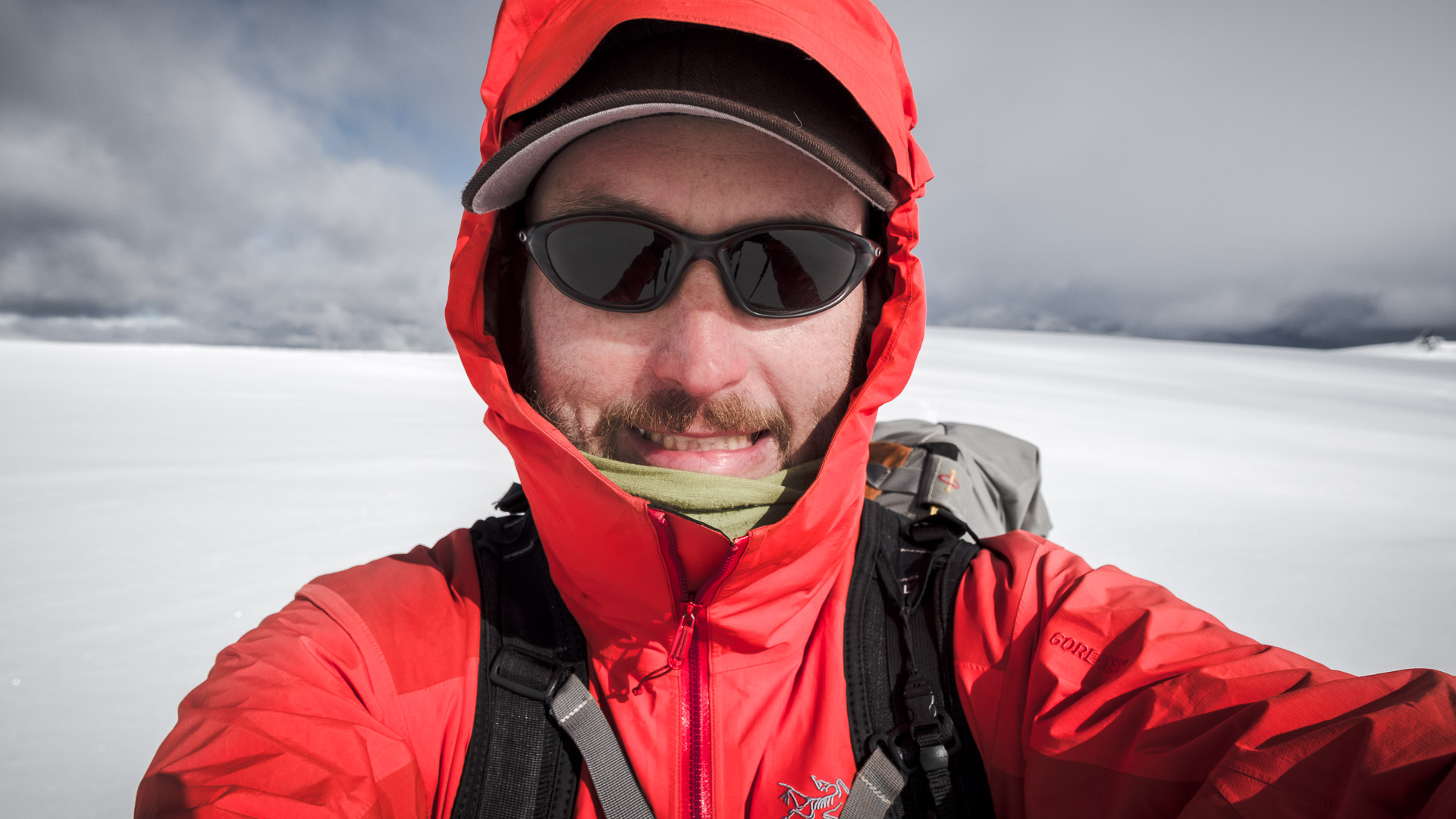
The range flattens out ahead of me, and progress becomes fairly easy. All around me, clouds are roiling in a beautiful display that heralds the stormy night ahead. By the time I reach Column Rocks, I can see the first backcountry skiers on the horizon. With a ski field only a few kilometres away, the mountain will get a lot busier. I picked Snow Farm as my destination, since it would spare me the gruelling downclimb to Cardrona. The price for hitching an easy ride down lies in having to share the slopes with others. Meeting what amounts to a grand total of only five people is really not a big deal, but I can’t help but feel being dragged out of my happy cocoon of solitude.
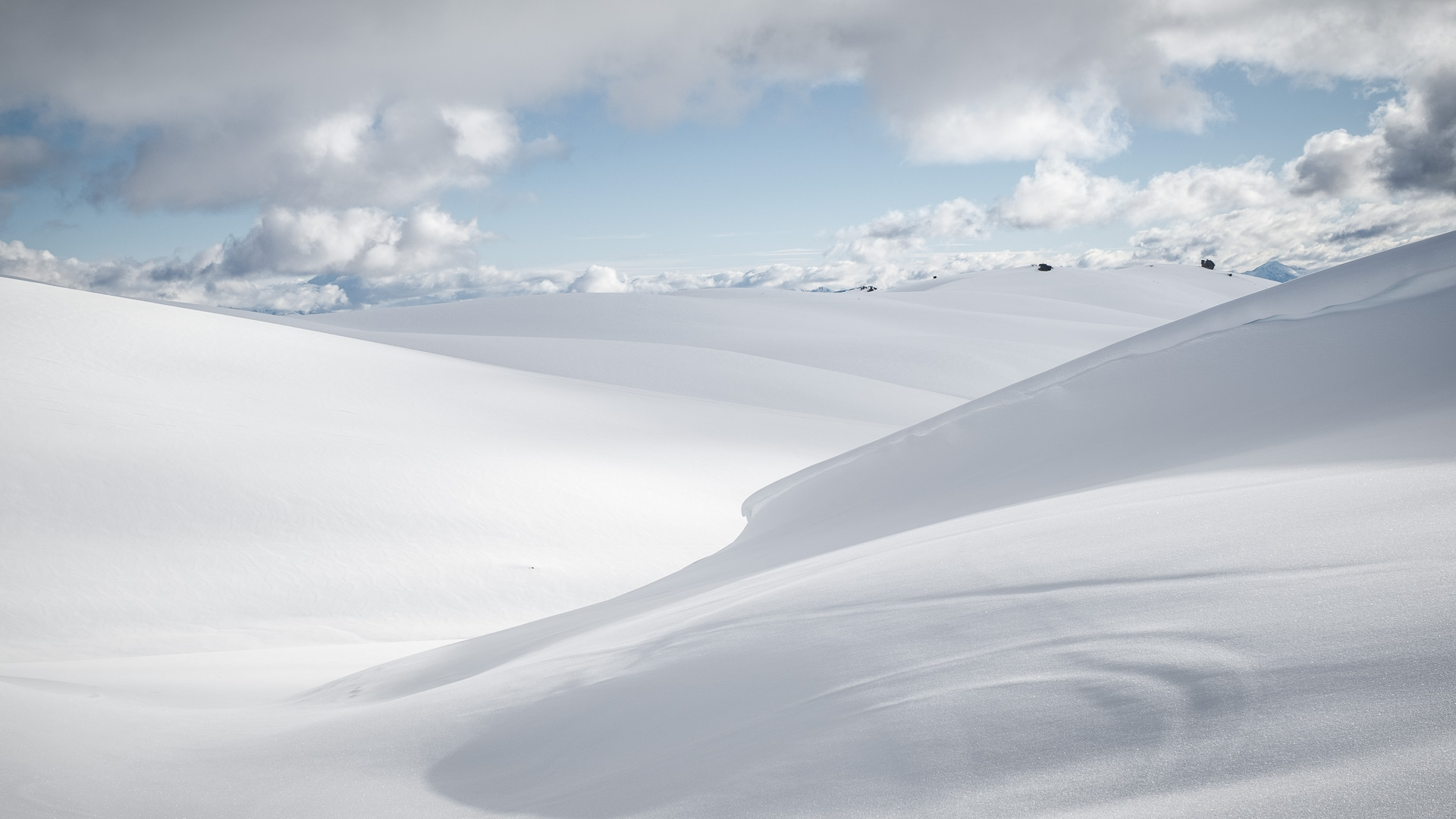
The sunset at Kirtle Burn Hut is an impressive display of shape and colour. I don’t know it yet, but my decision to hide out in a hut was right. When I get up at 6am, the hut is in full whiteout with strong, ice-cold winds blasting through the valley. Conditions on the ridge must be hellish. Visibility is so poor that I use the snowcat track back to Snow Farm as a guide when I leave the hut.
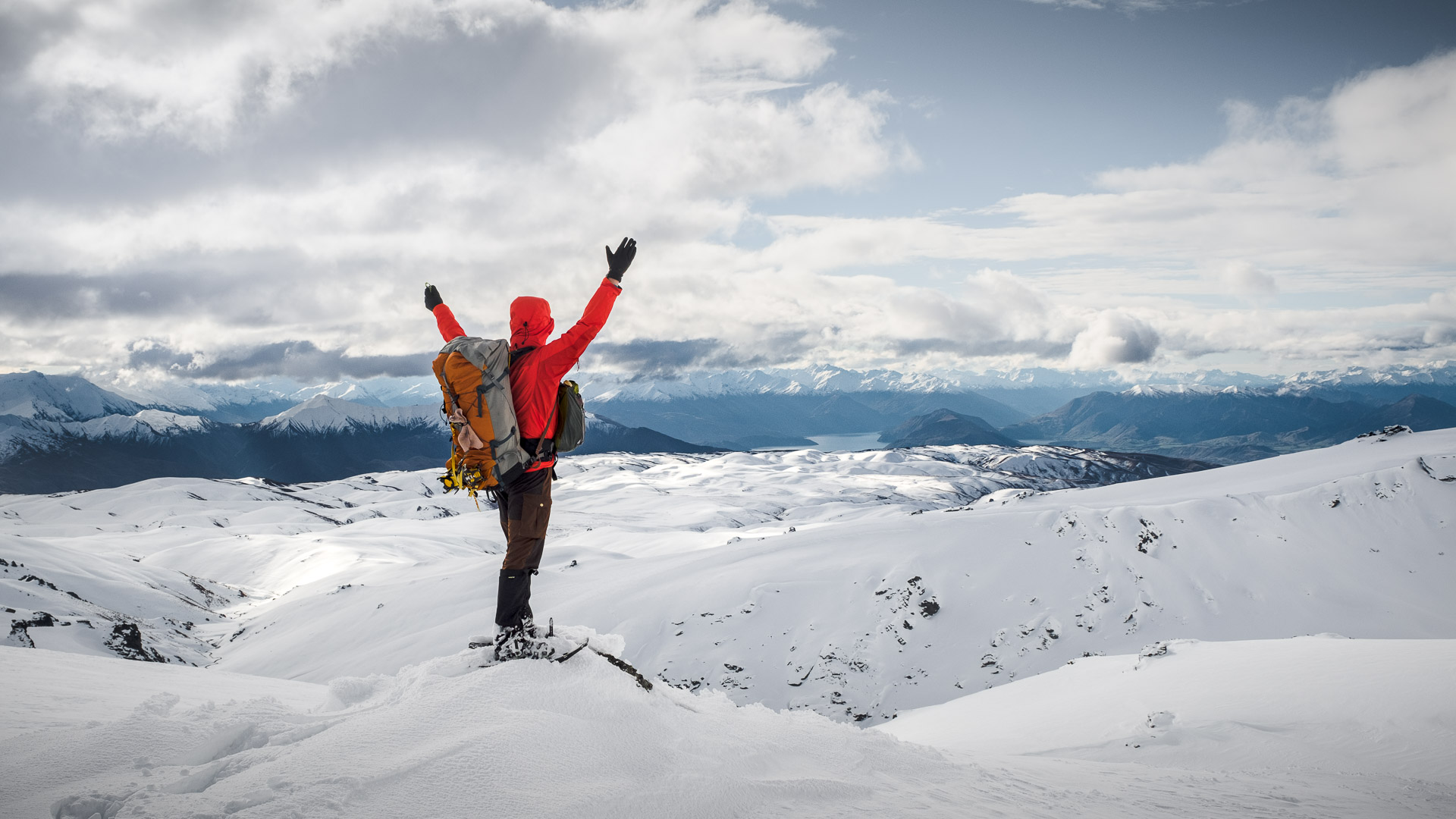
I can barely see five metres ahead of me, and more than once step into thin air as the track starts sloping downhill. When I meet the edge of the ski field, I am glad that the end of my trip is near. Wilderness turns into a carefully groomed theme park as Chinese and US Olympic athletes zip past me on cross-country skis.
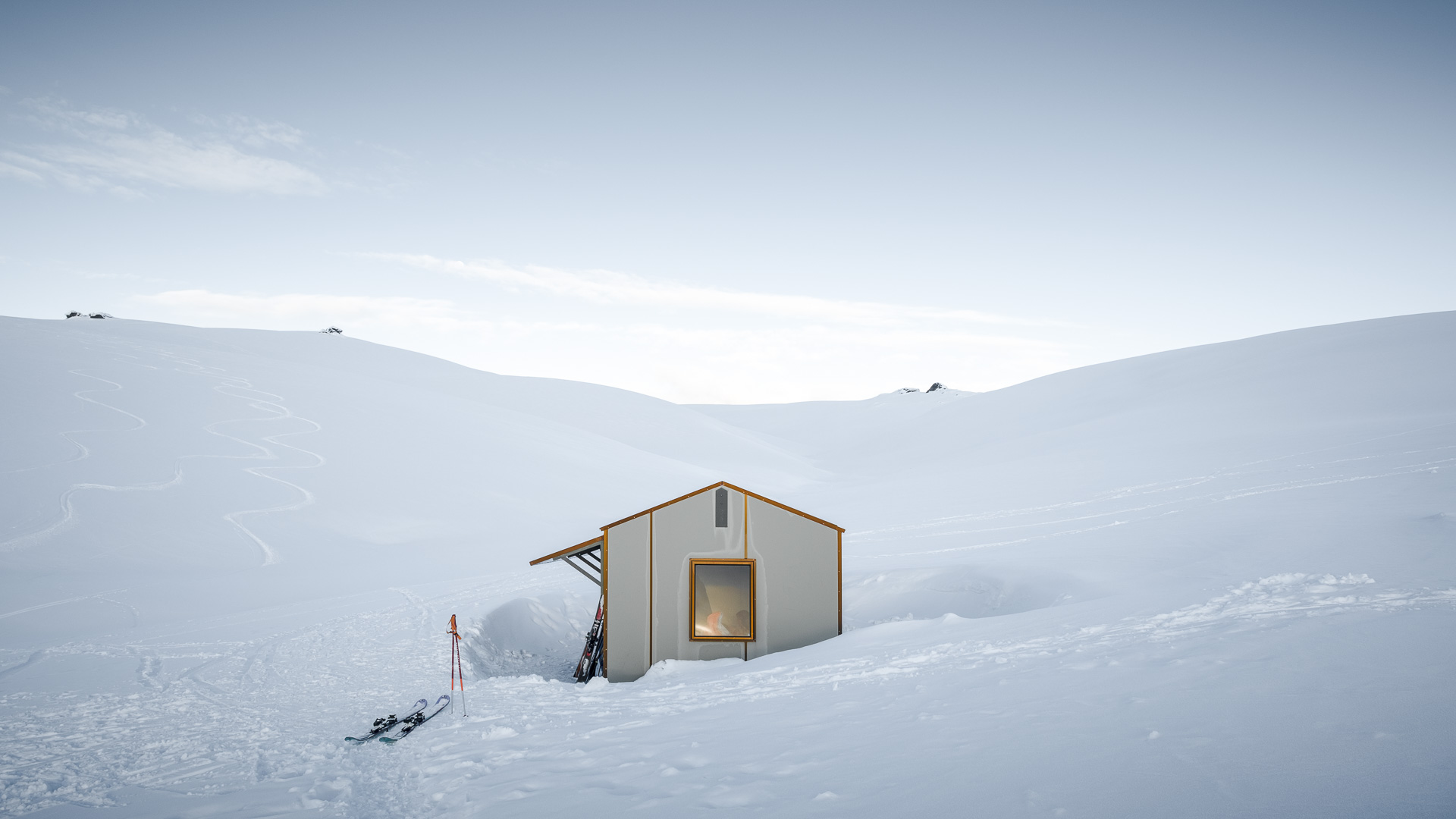
Waiting for a ride back to Cardrona for two hours gives me some time to think. I wish the weather had allowed me to stay just a little longer. It is a shame that the backcountry winter season in New Zealand is so short. But when I finally lift the orange beast into someone’s car, I already have my eye on next year’s snowshoe mission.
Gear
People seem to love gear questions, so here’s a list of notable gear that I used on this trip. Flick me a message if you have any questions.
Tent MSR Access 1
Backpack Aarn Natural Balance with Photo Balance Pockets
Snowshoes MSR Lightning Ascent
Camera Fujifilm X-T2 + XF16-55 / XF10-24
Safety
As much as I enjoy being in the outdoors, coming back home in one piece is high on my list of priorities. Due to the fact that I had to walk solo, I was extra careful planning this tour for quite some time. I talked to people who had done it before, had several weather-related postponements, and despite my best efforts, had to adjust my plans due to an incoming storm front.
There’s nothing wrong with heading out by yourself, just make sure that you know what to expect, that you are familiar with weather and avalanche risks, carry the appropriate gear, and that you always have a plan B, C and D.
On this trip I had several exit options, backup huts, people knew my timeline and an action plan if I was overdue. I carried plenty of extra food, warm and weatherproof clothing, an emergency bivvy bag, locator beacon and several navigational aids. The lack of alpine gear is due to the absence of partners to probe for or dig out, and the fact that the terrain was mostly rolling hills rather than more serious mountaineering terrain. In the end, I could only carry so much and had to adjust my loadout to the risk profile.

